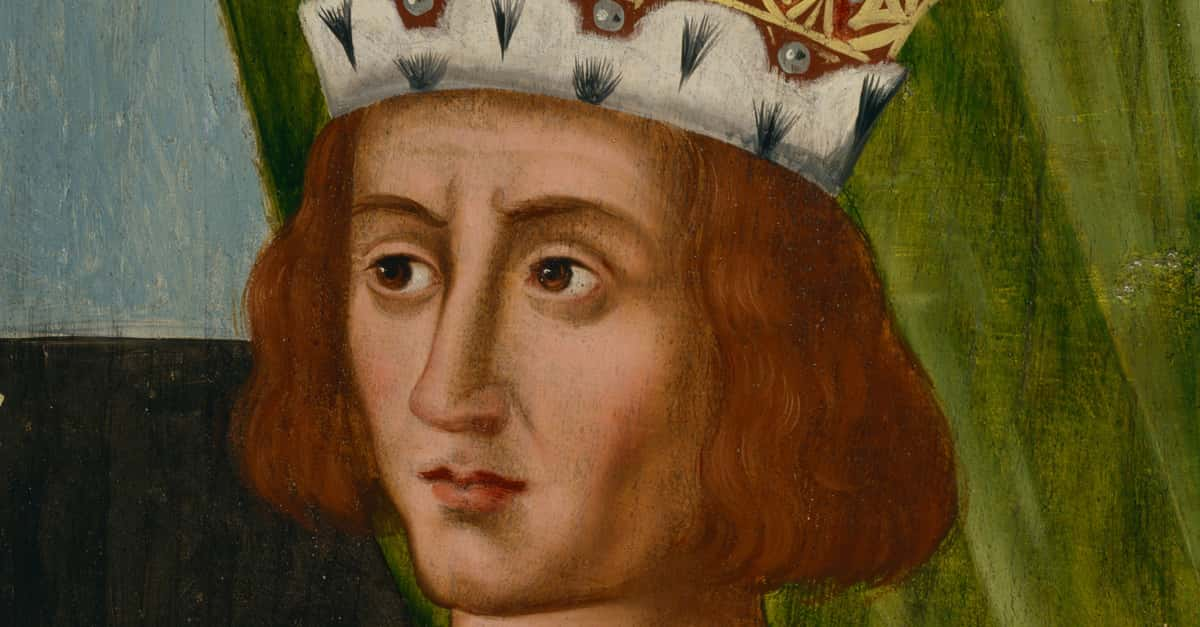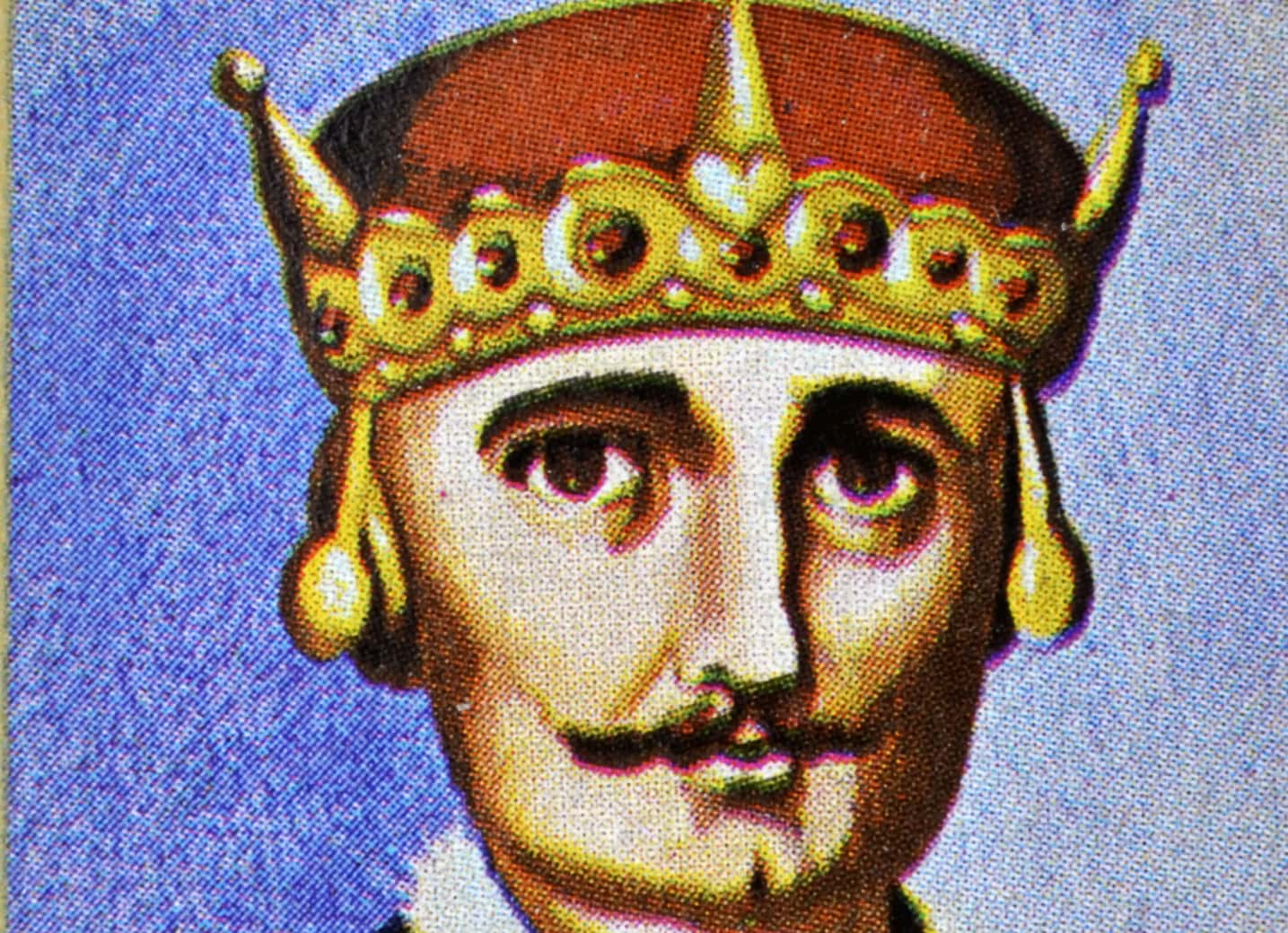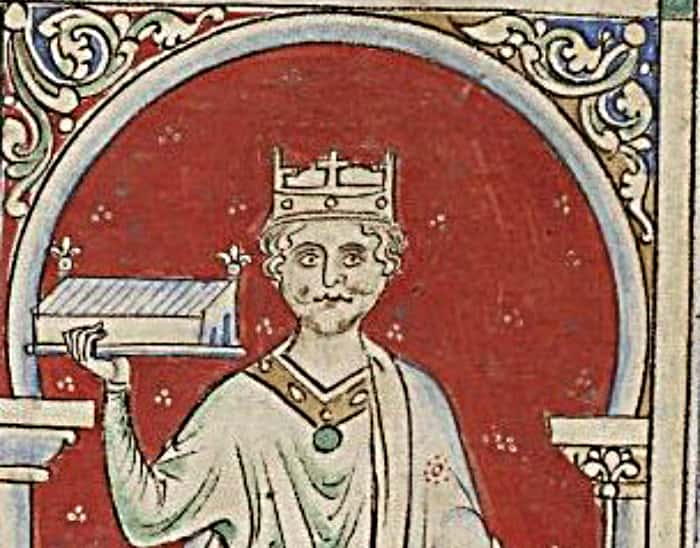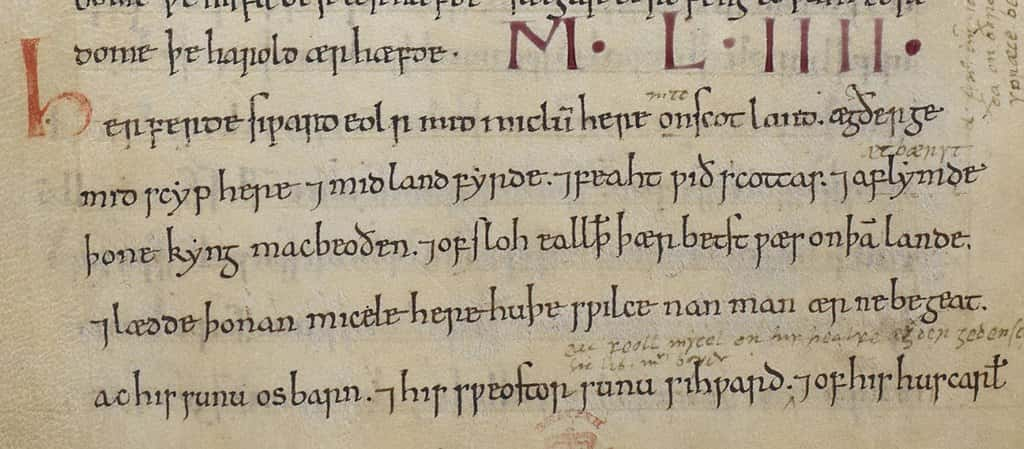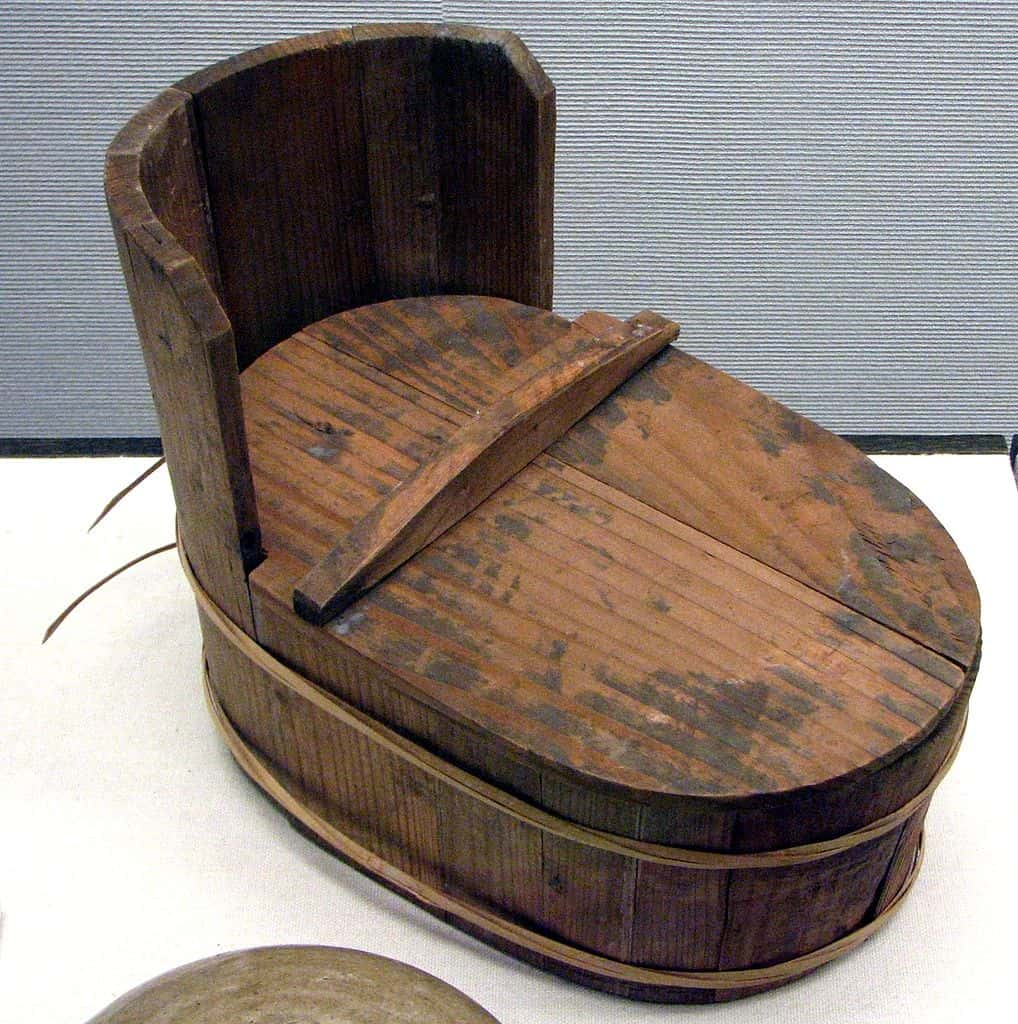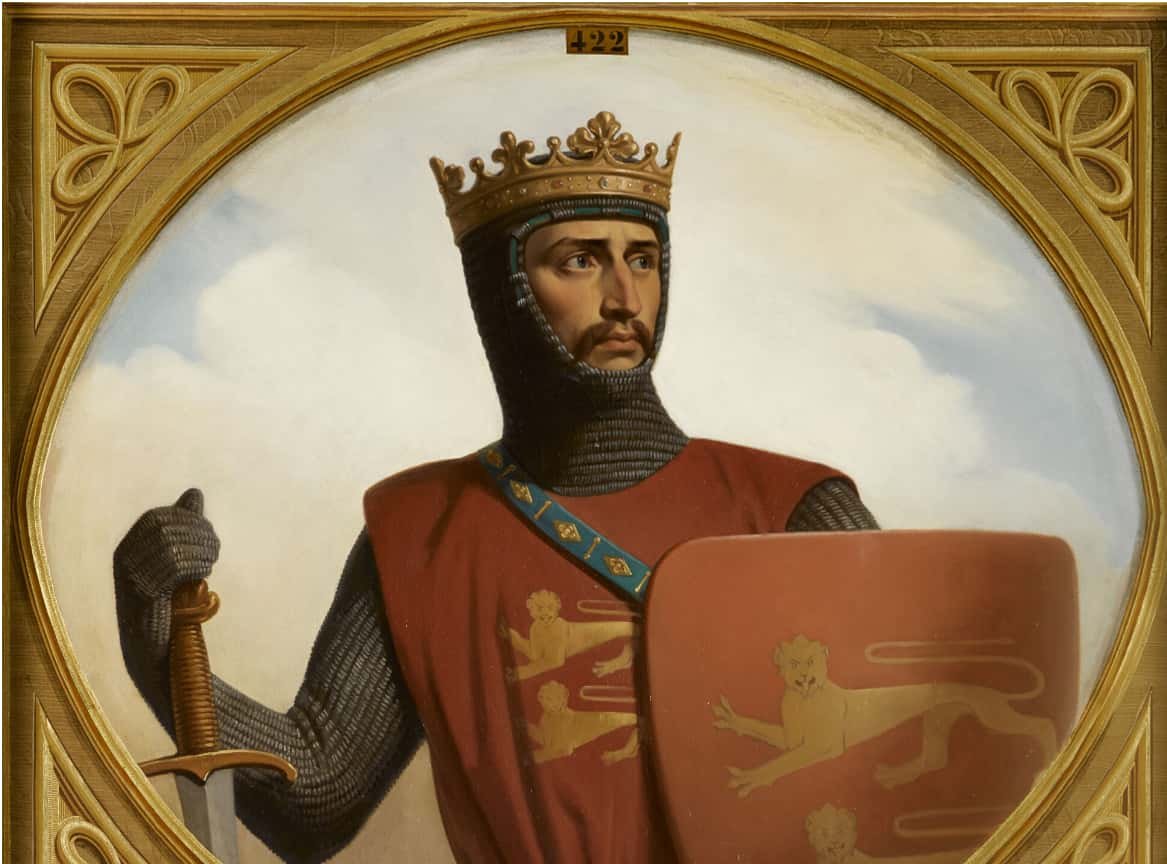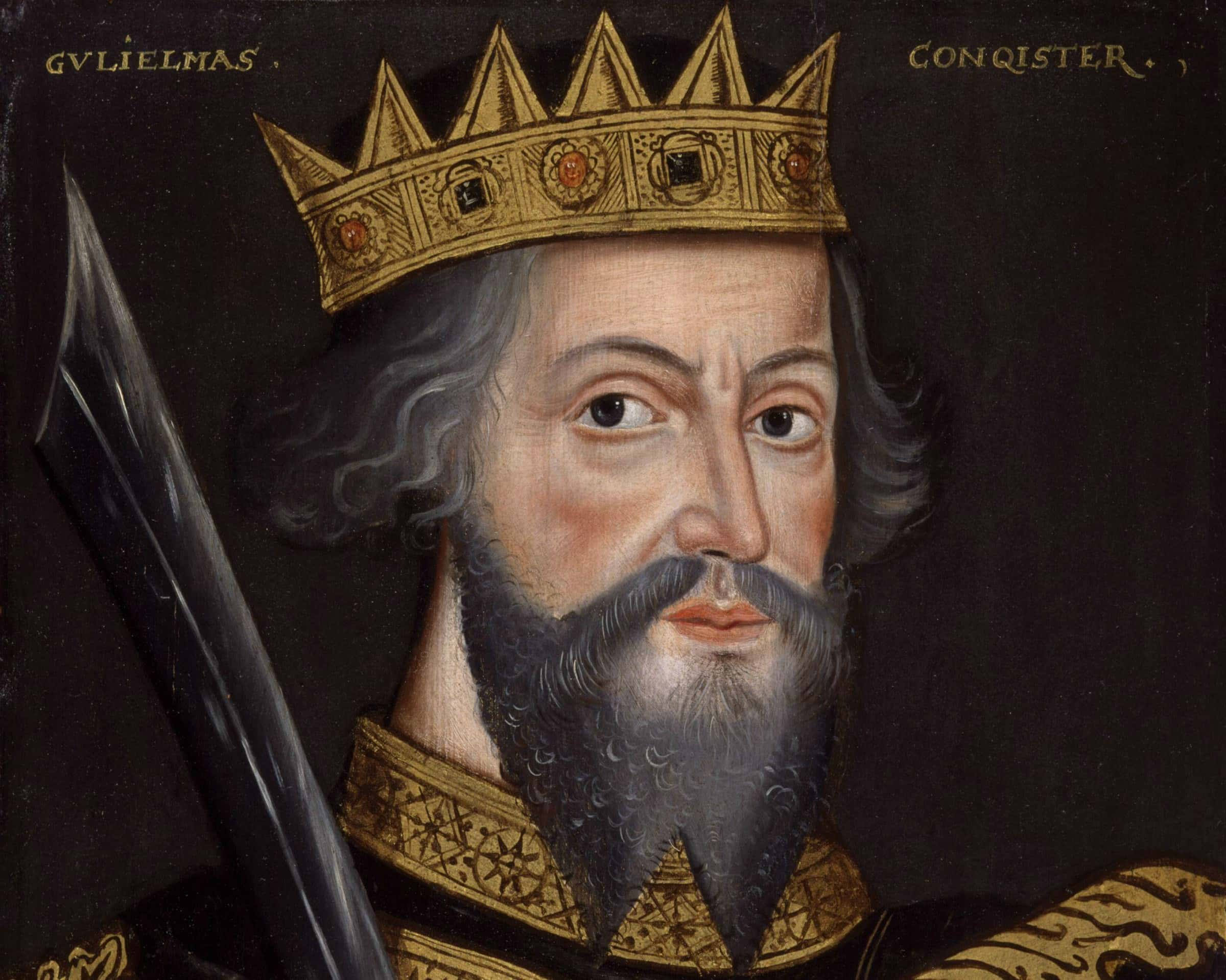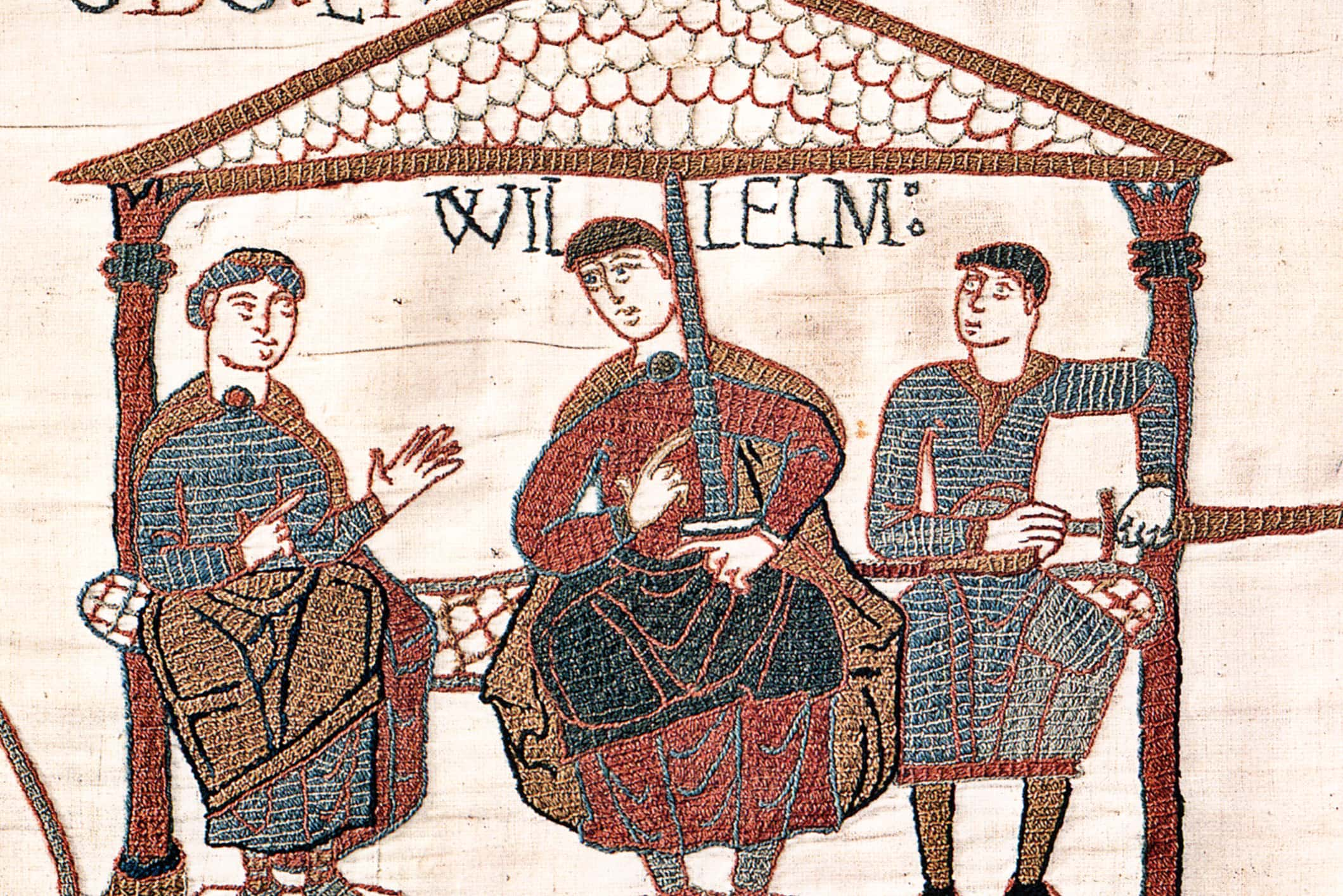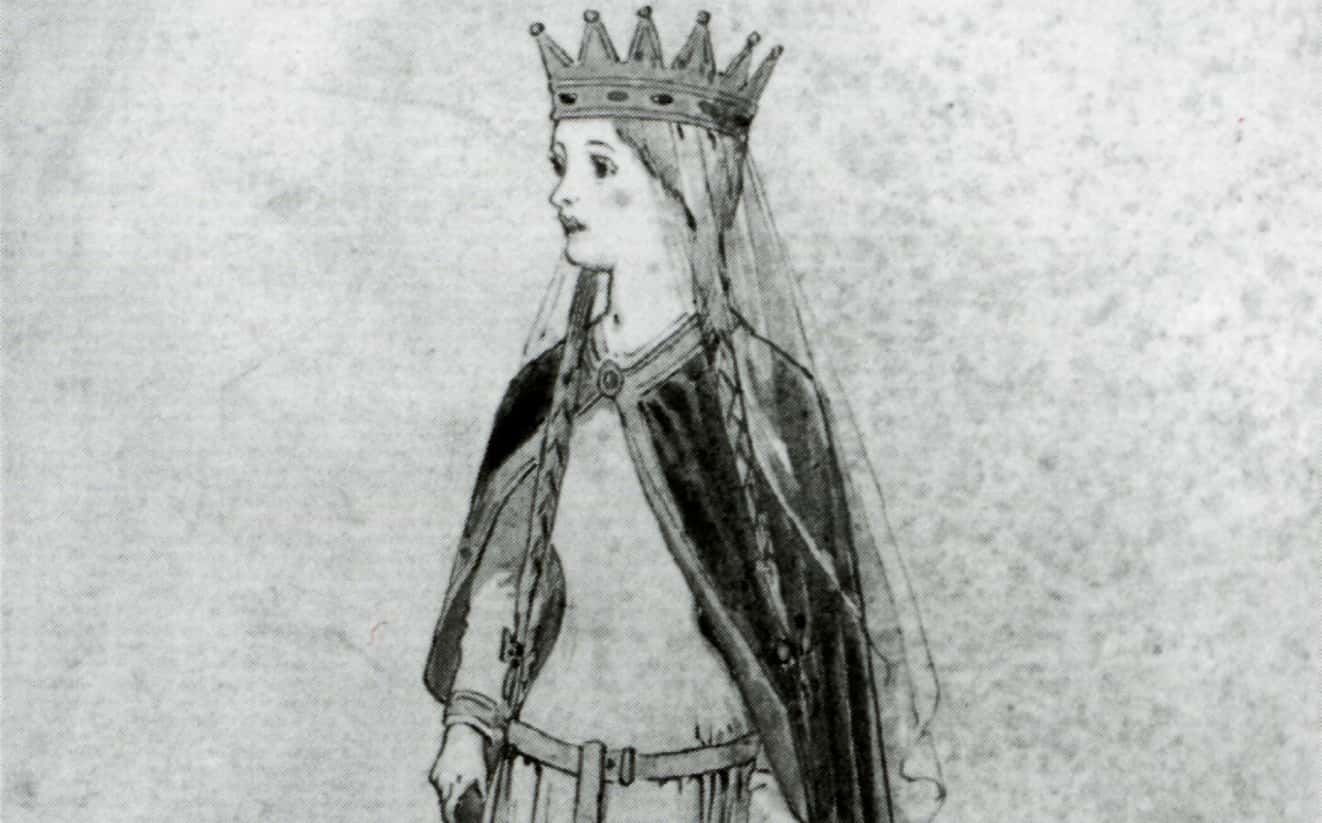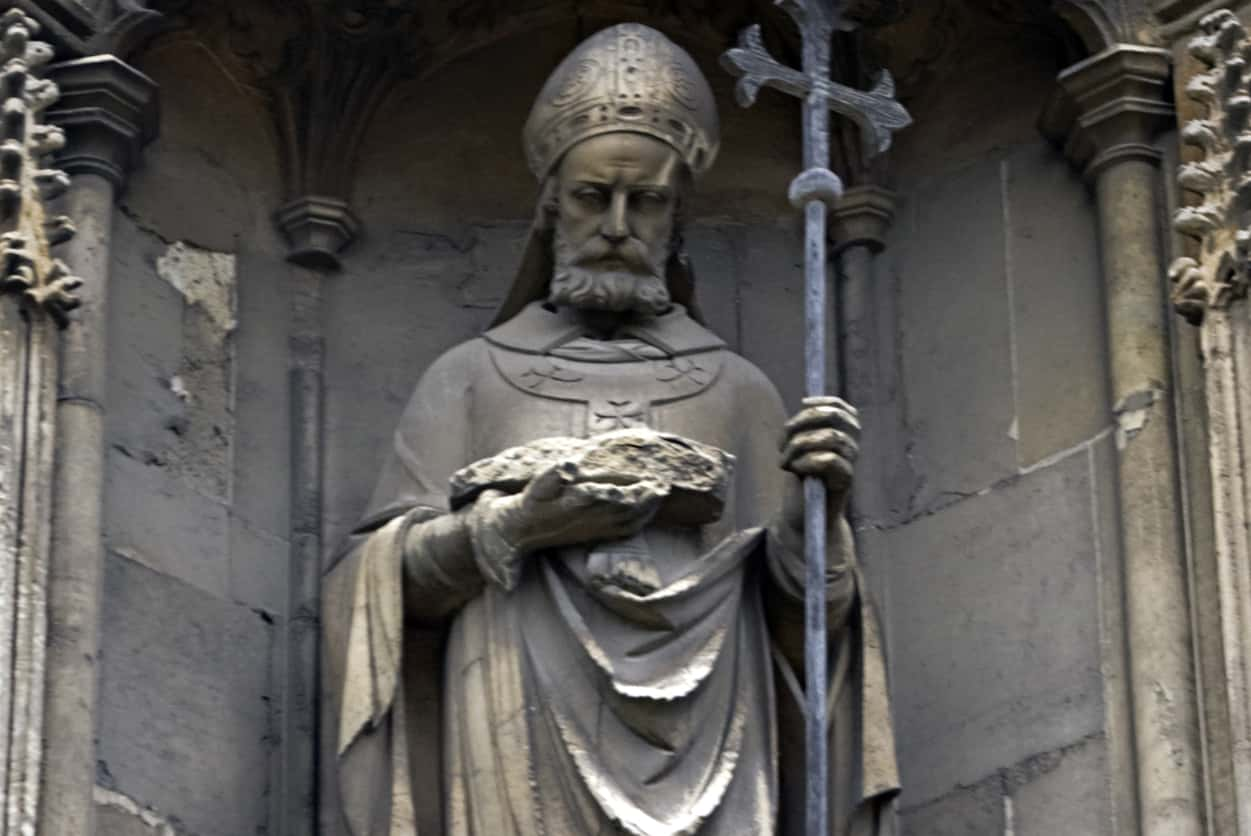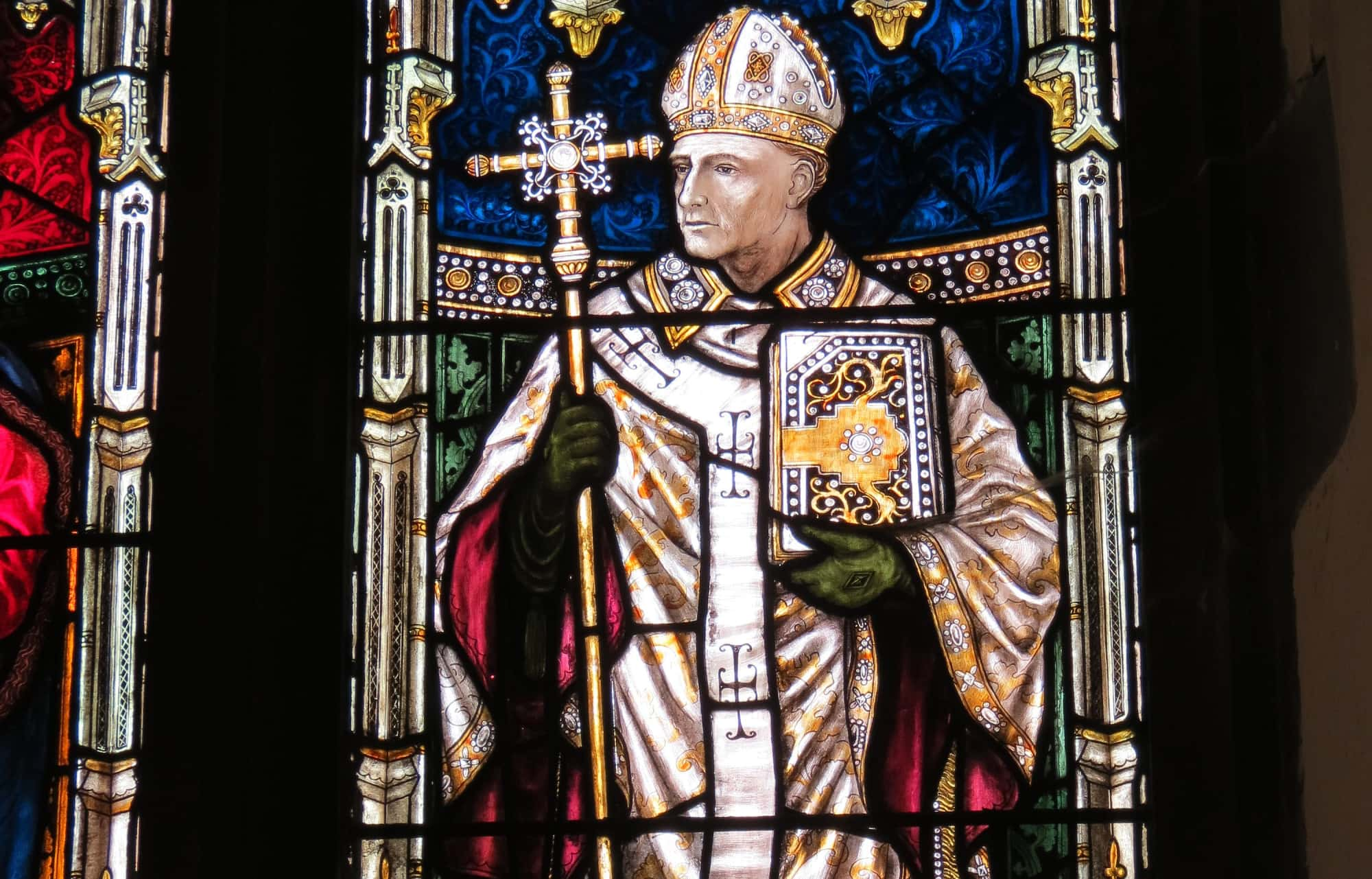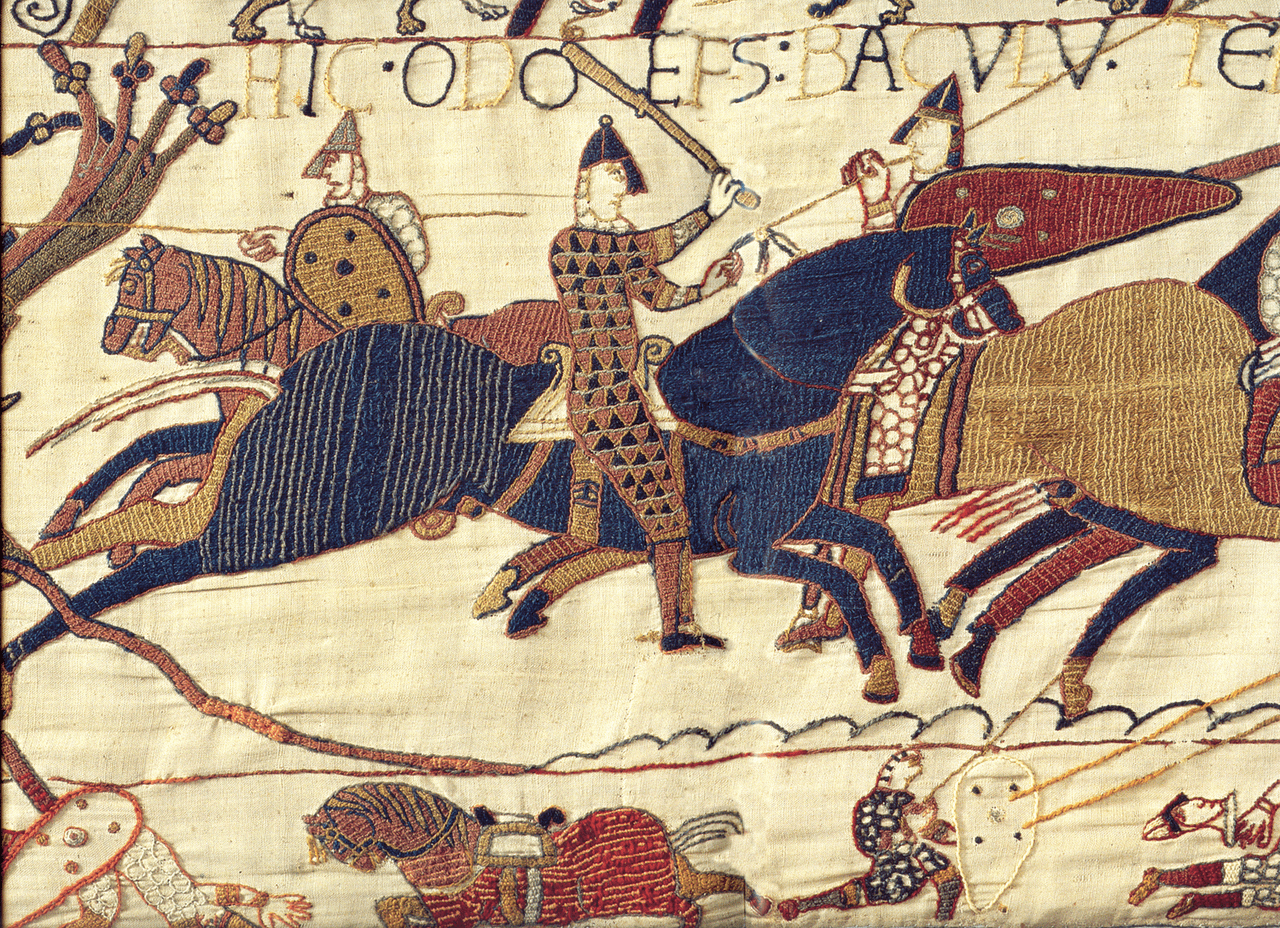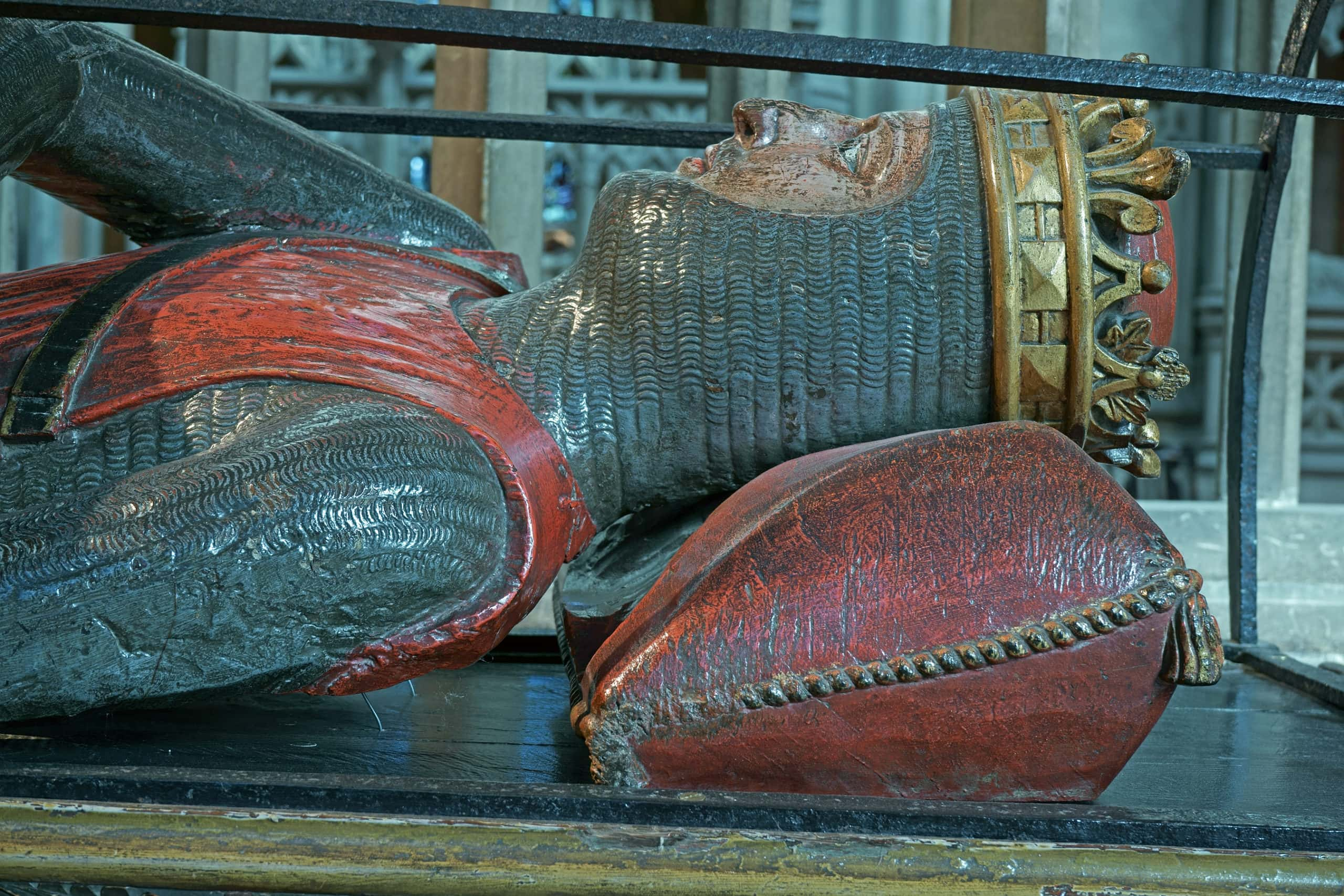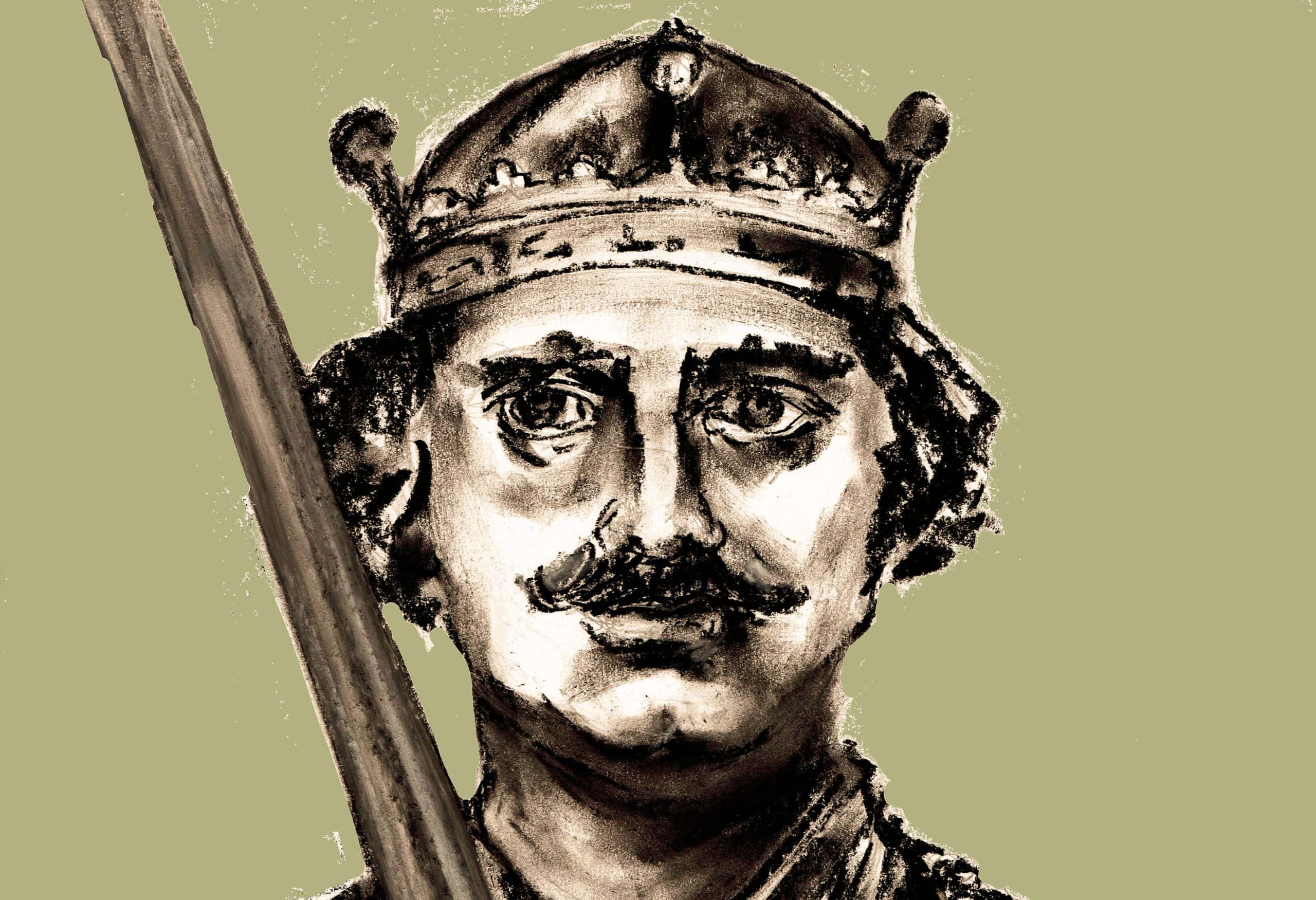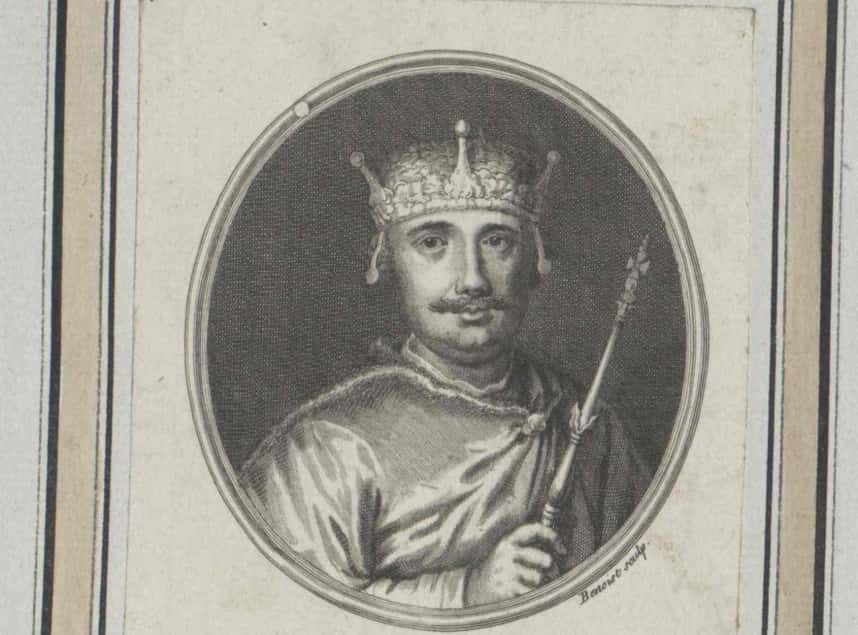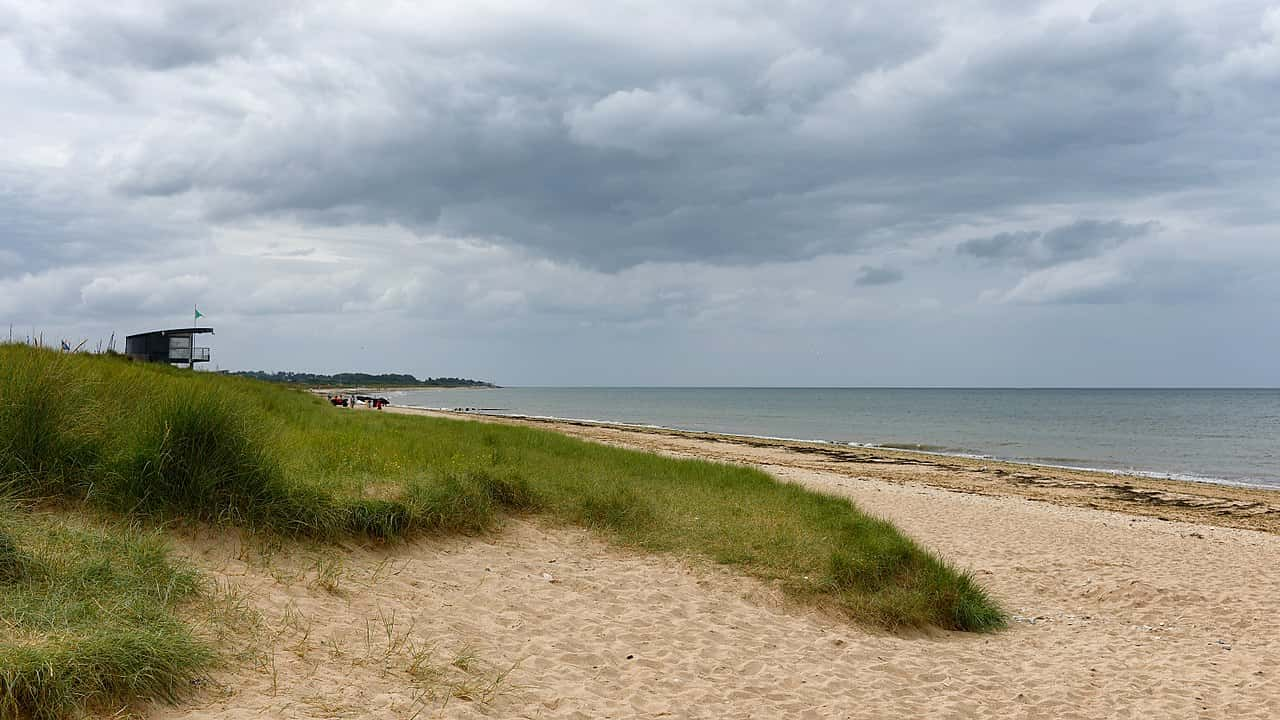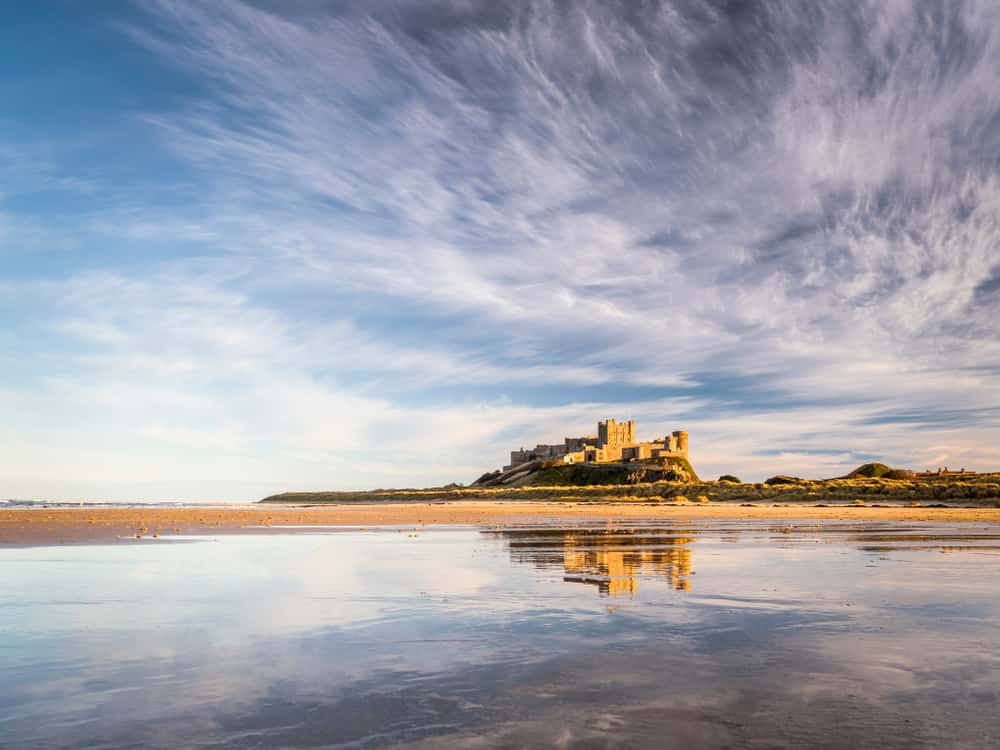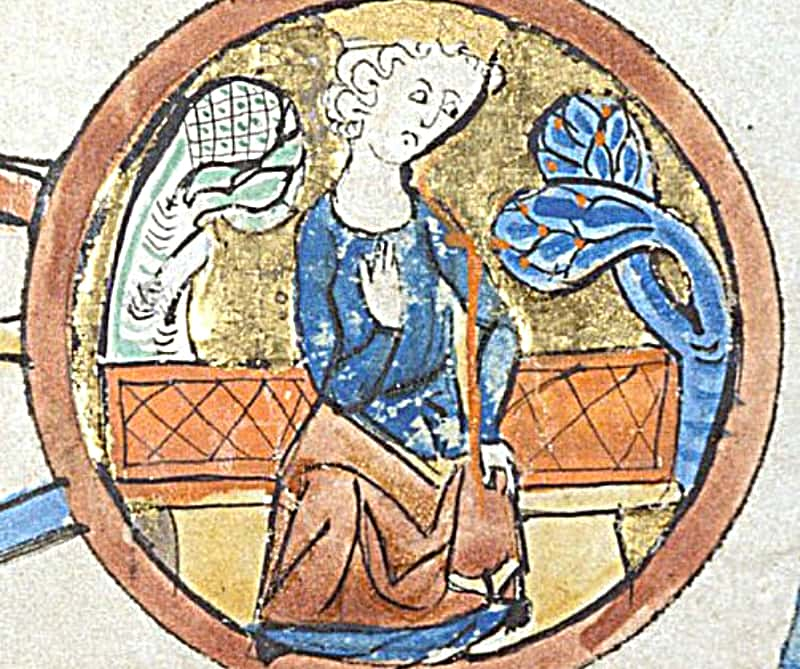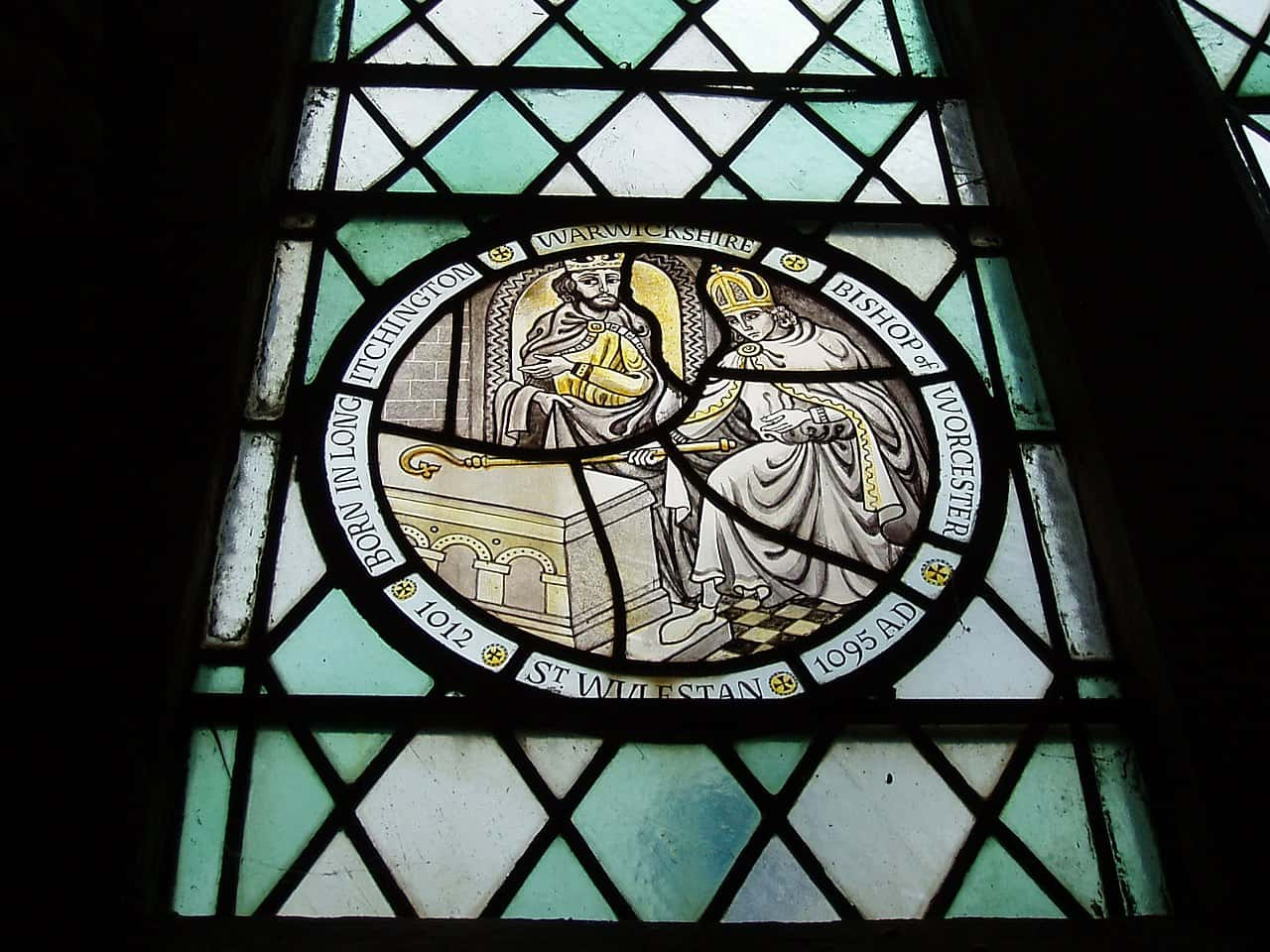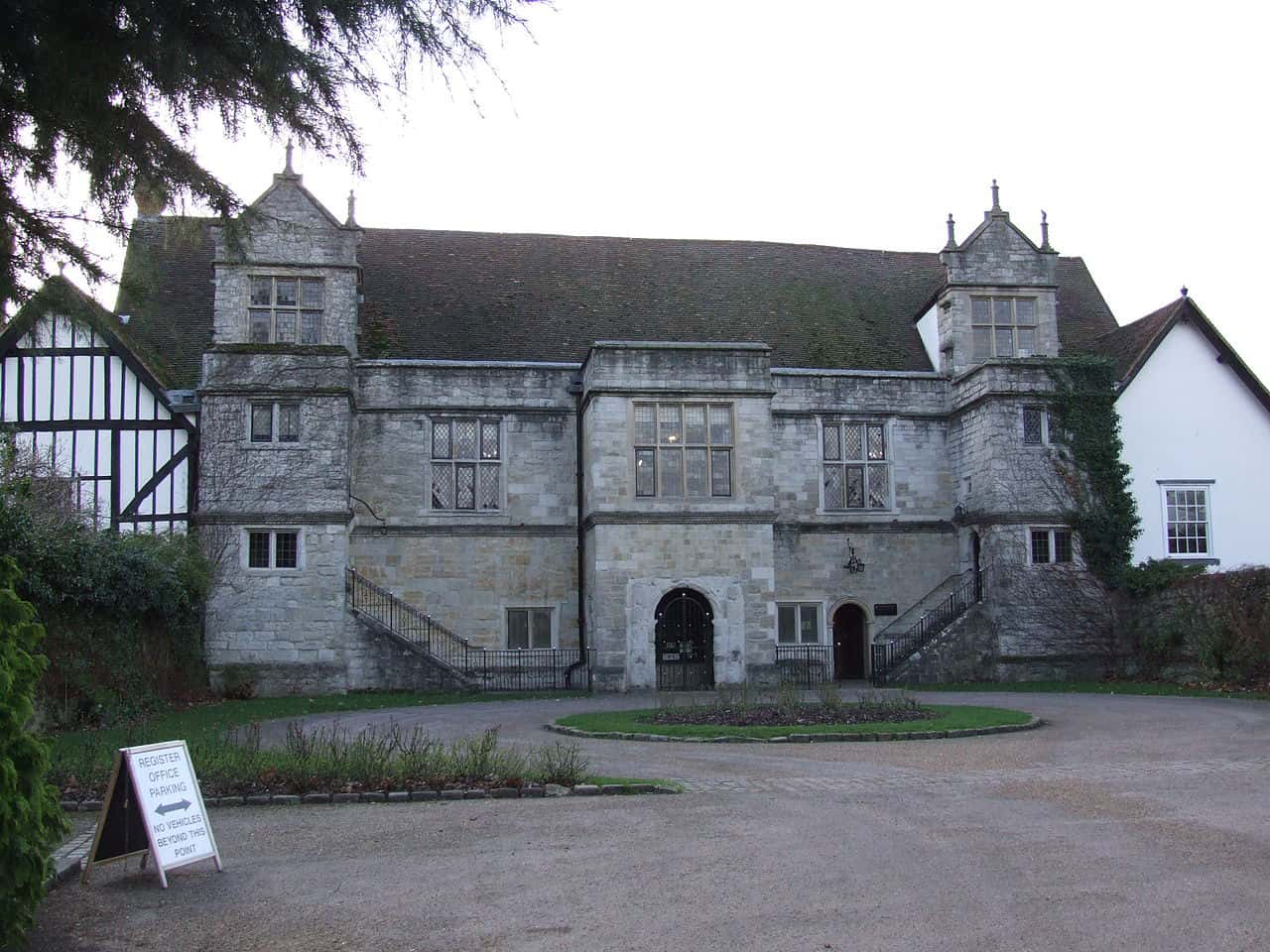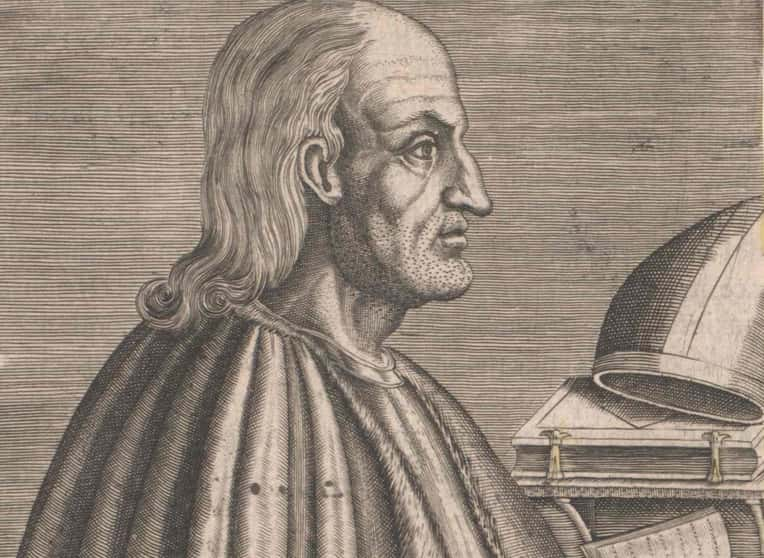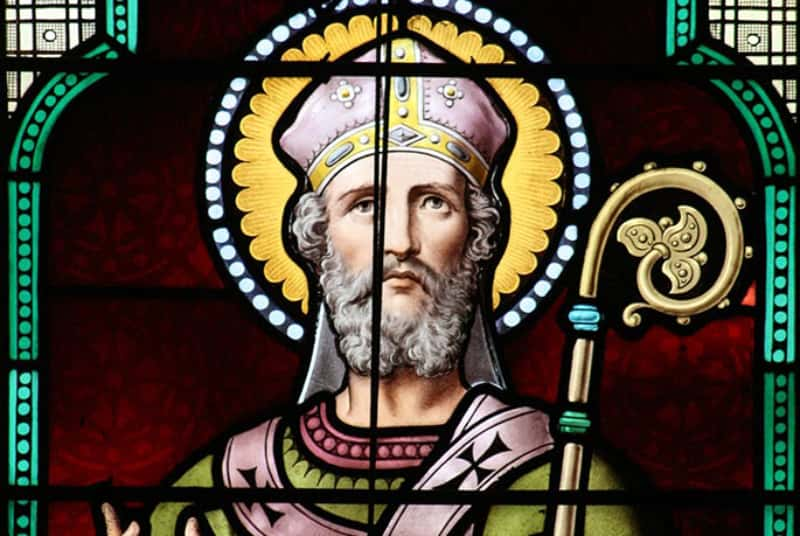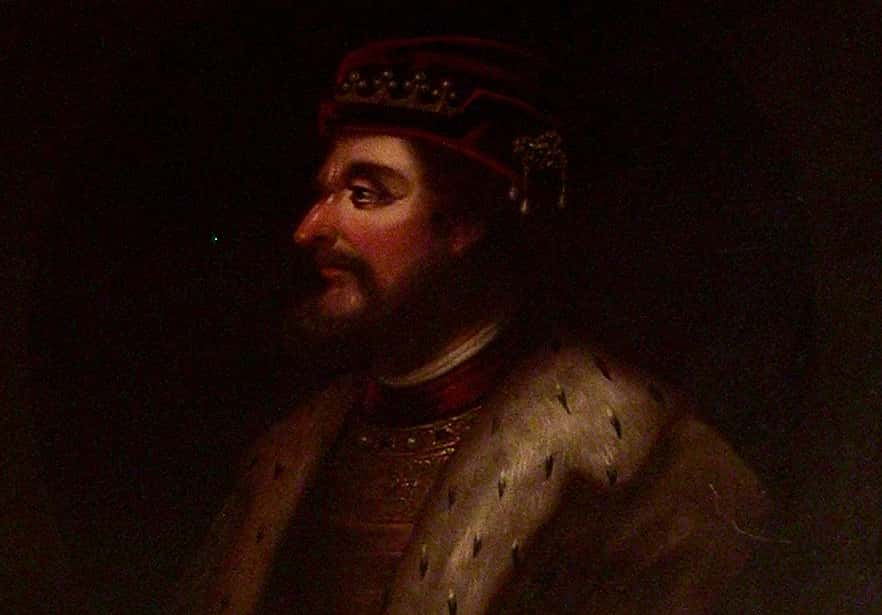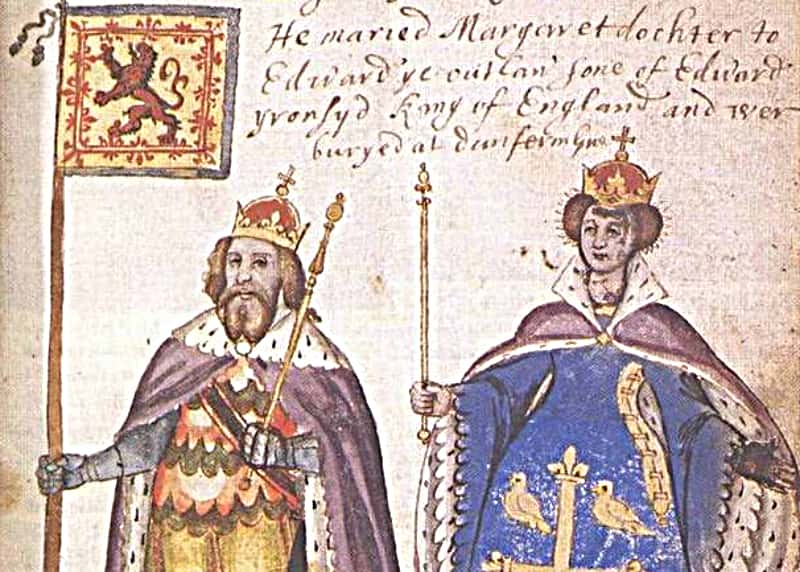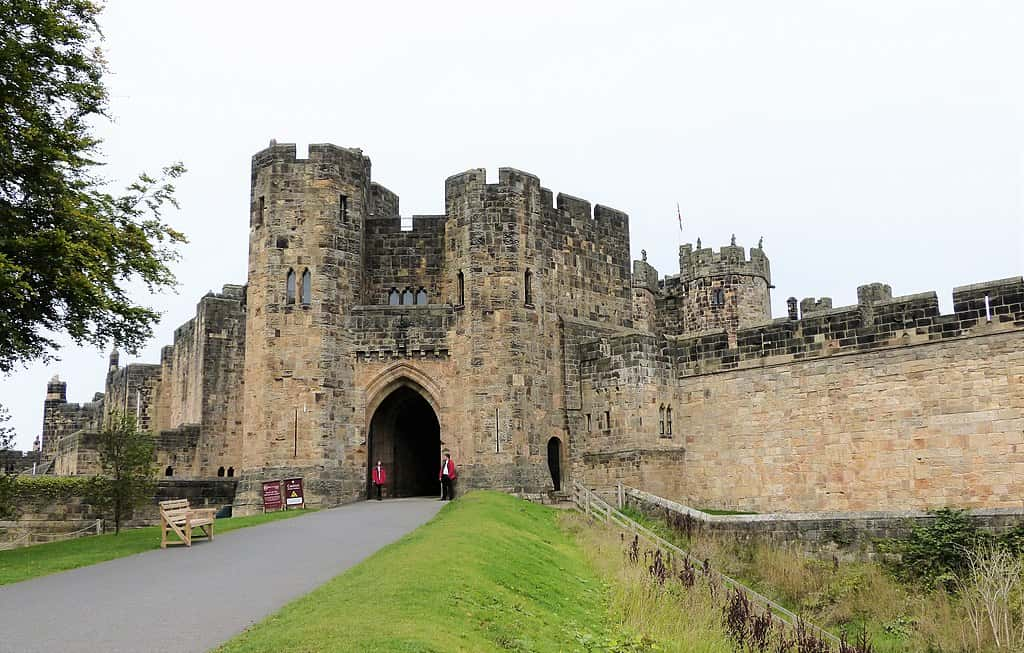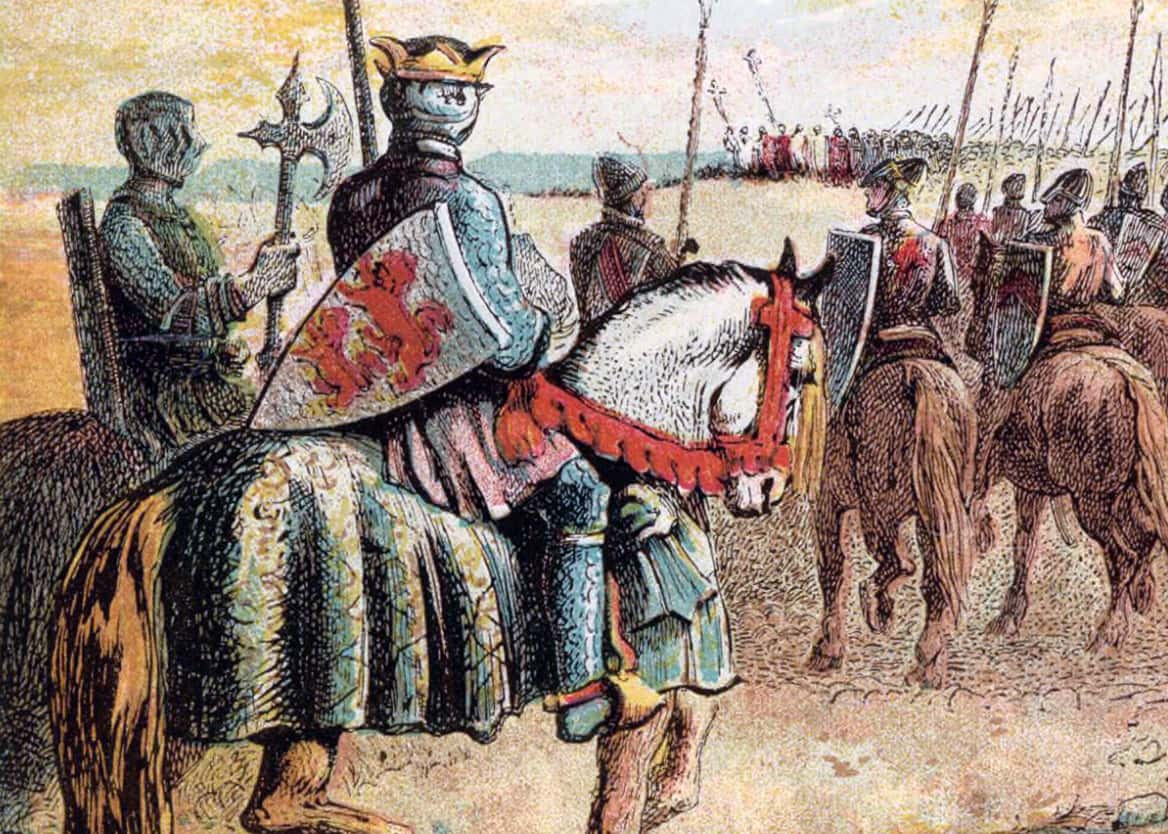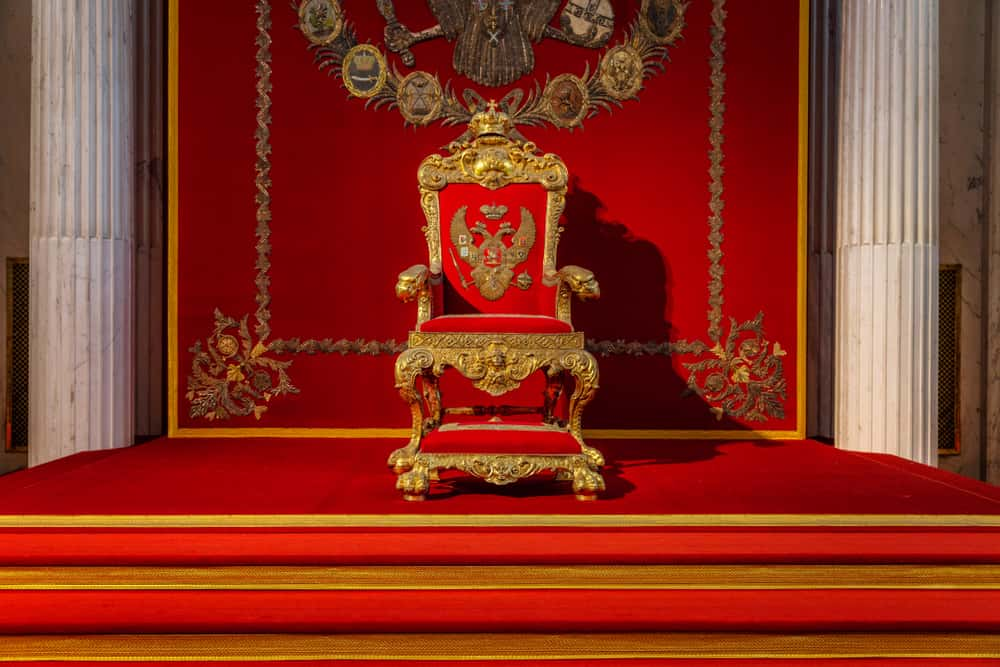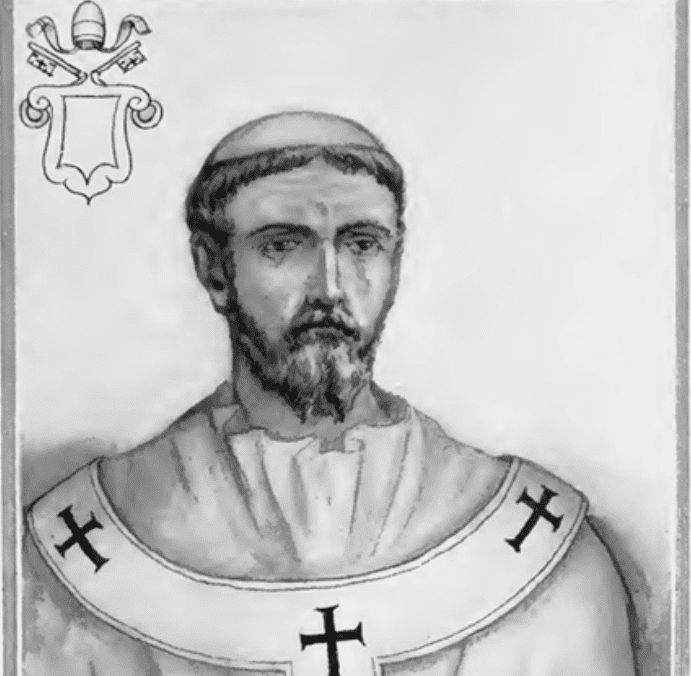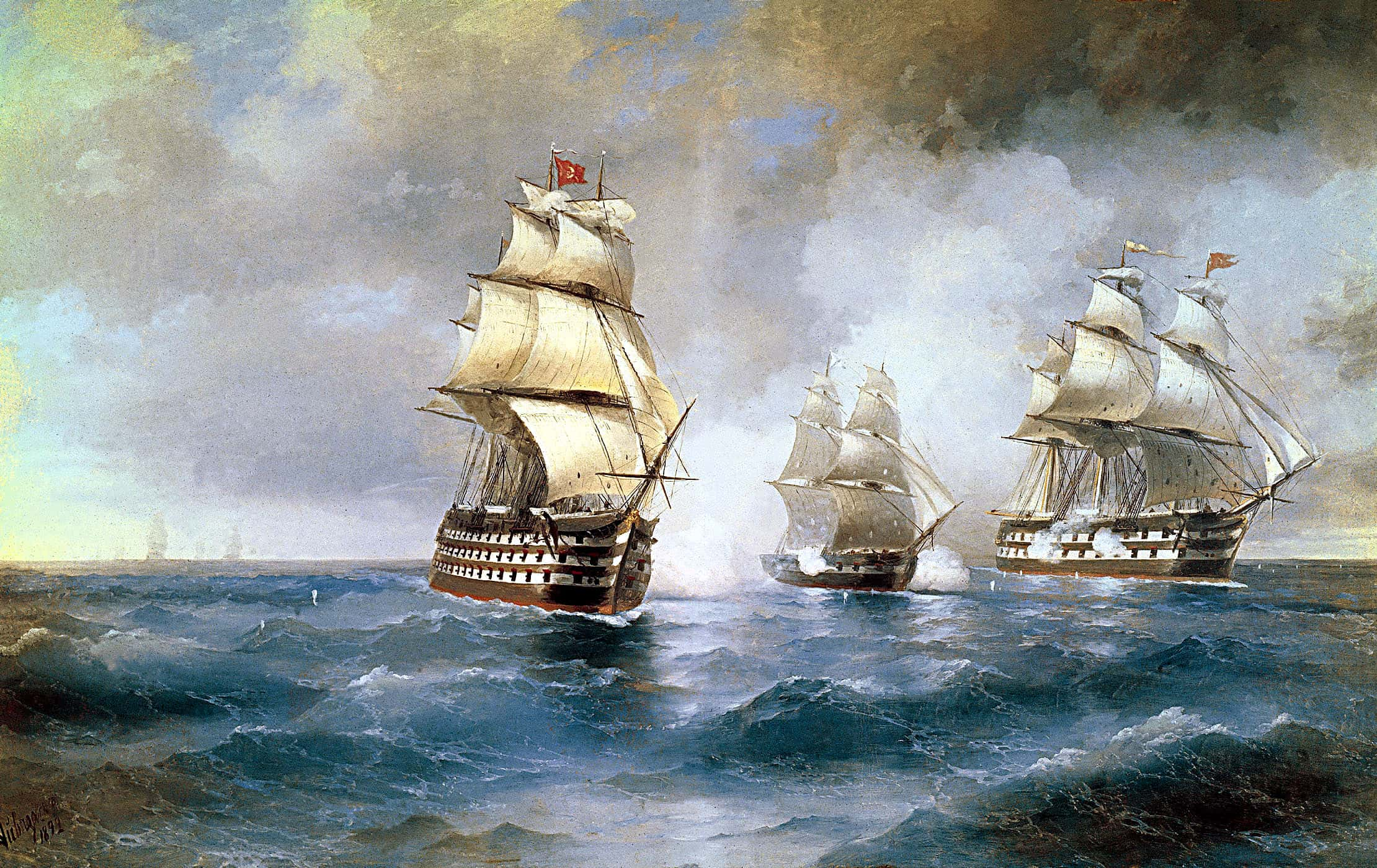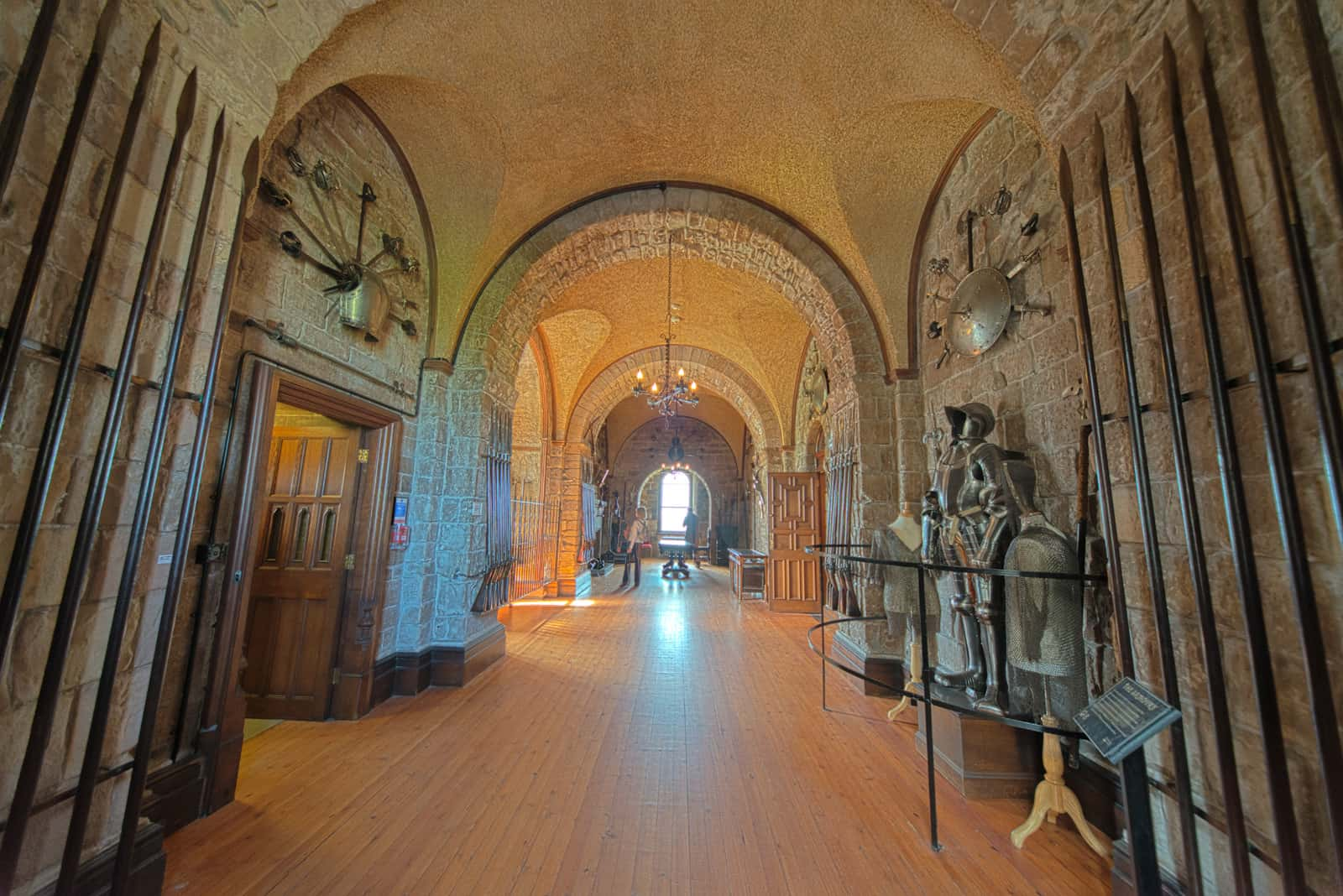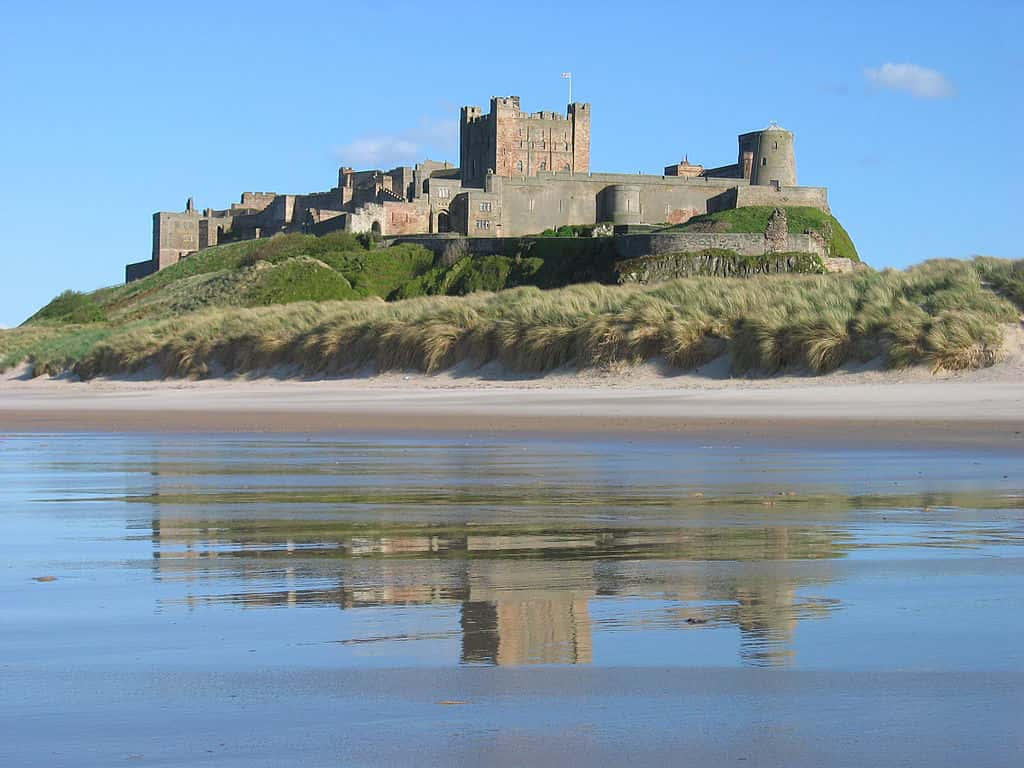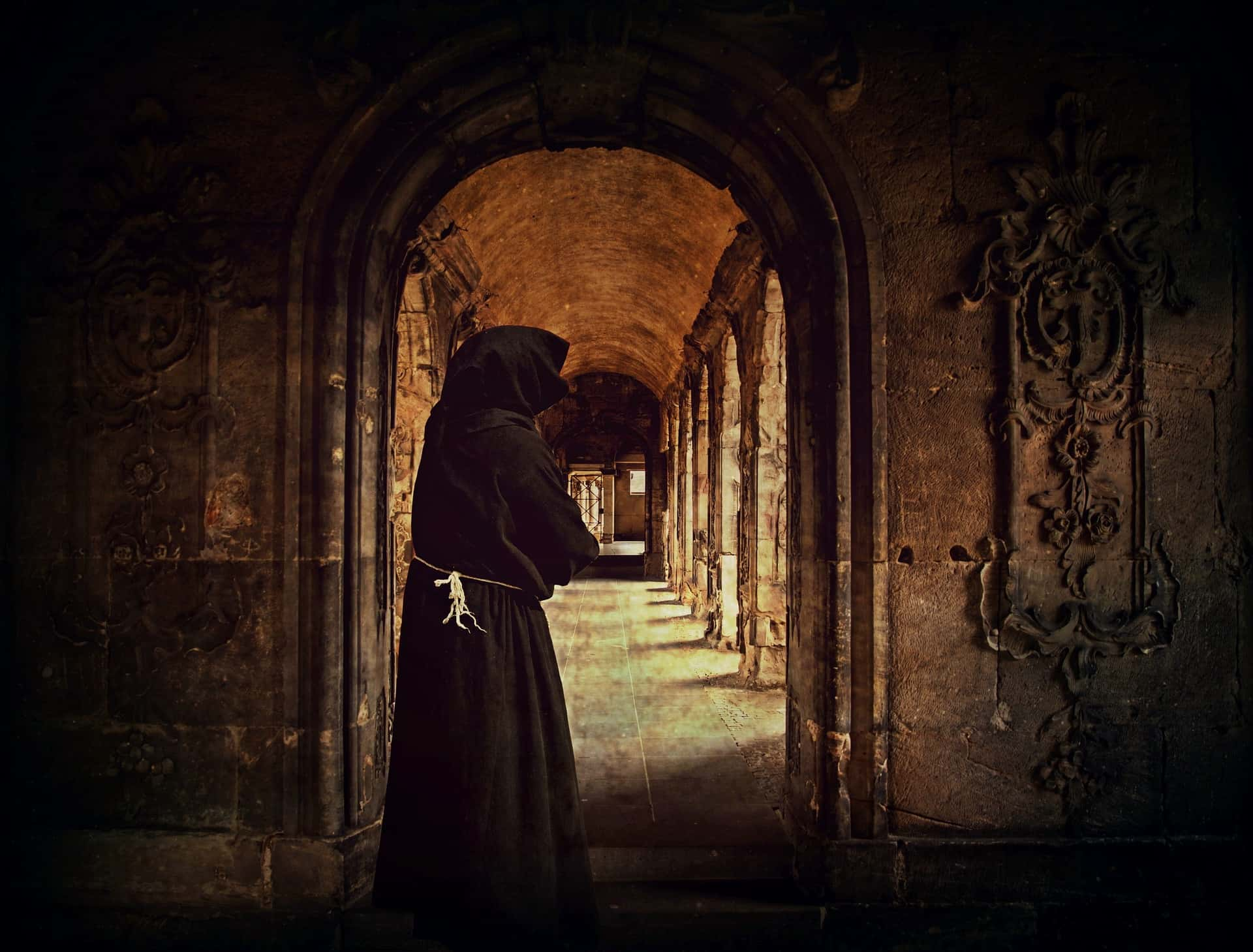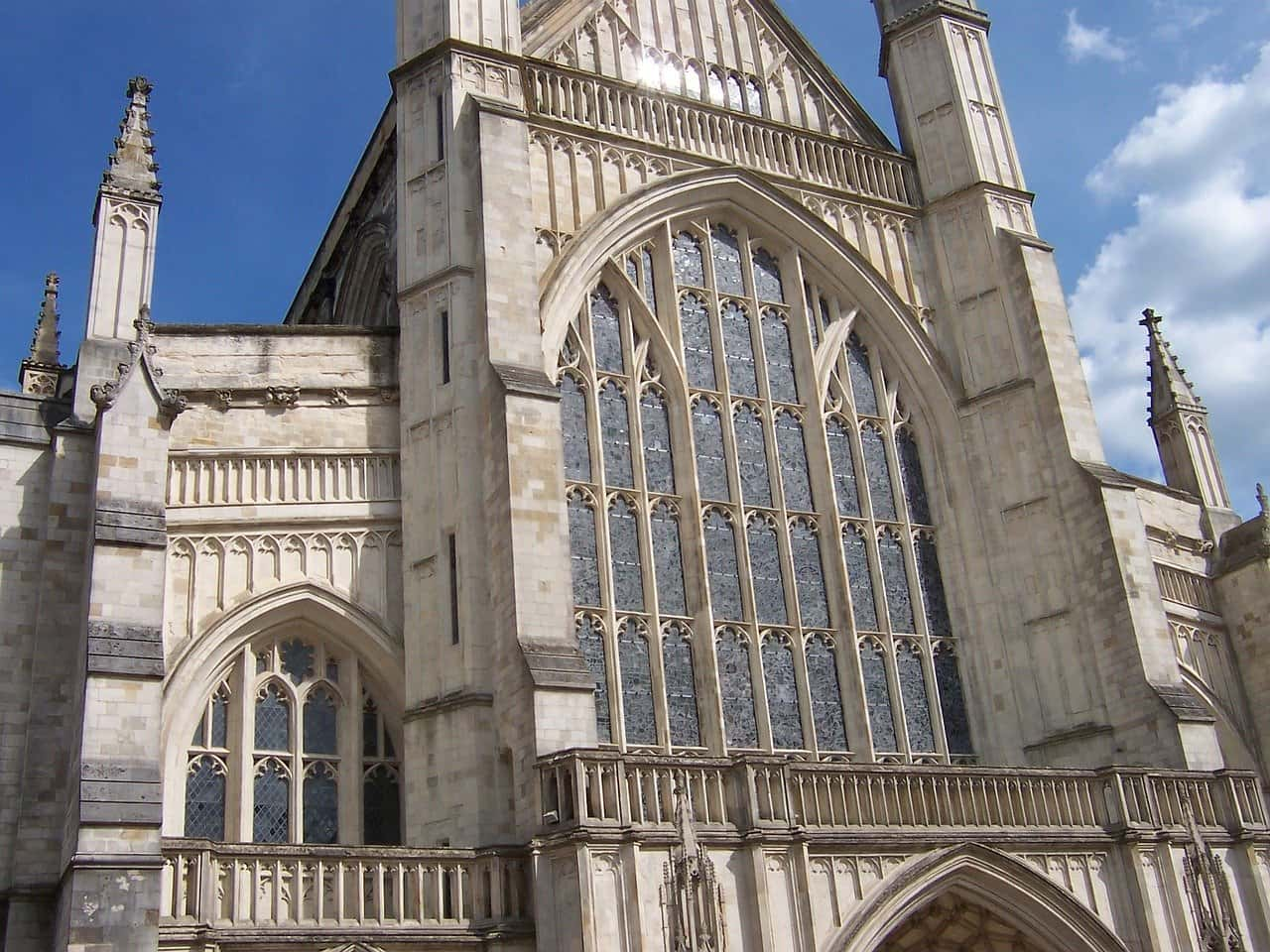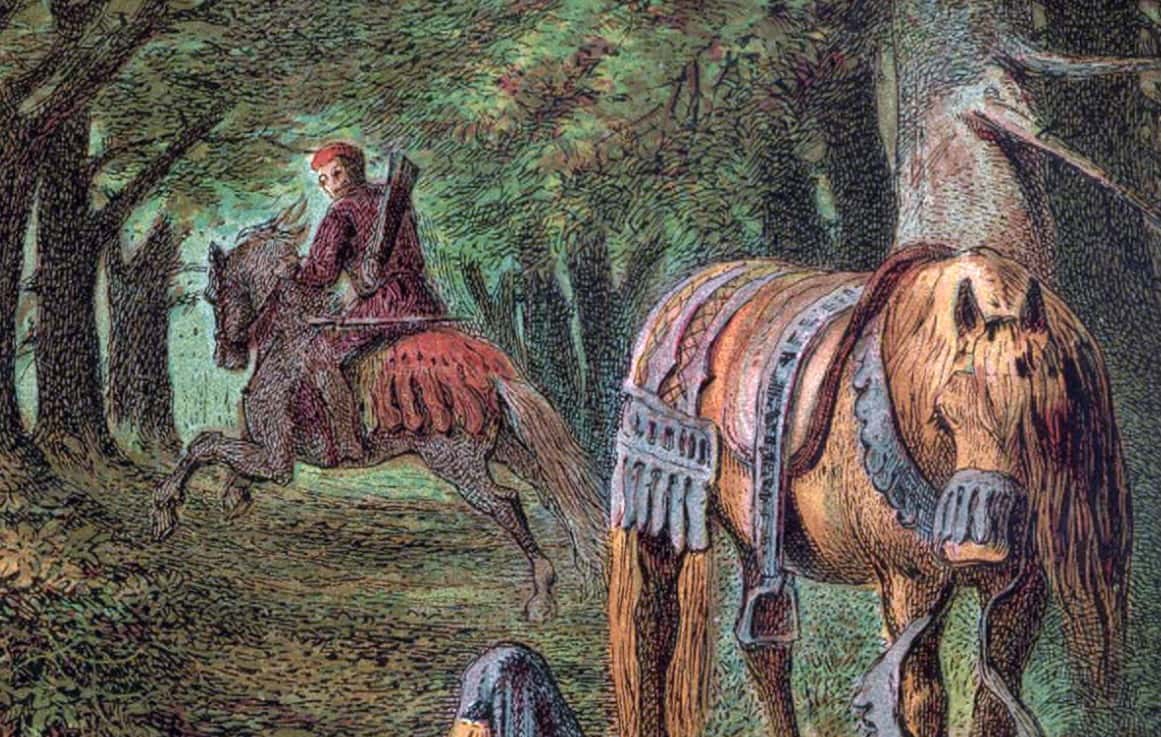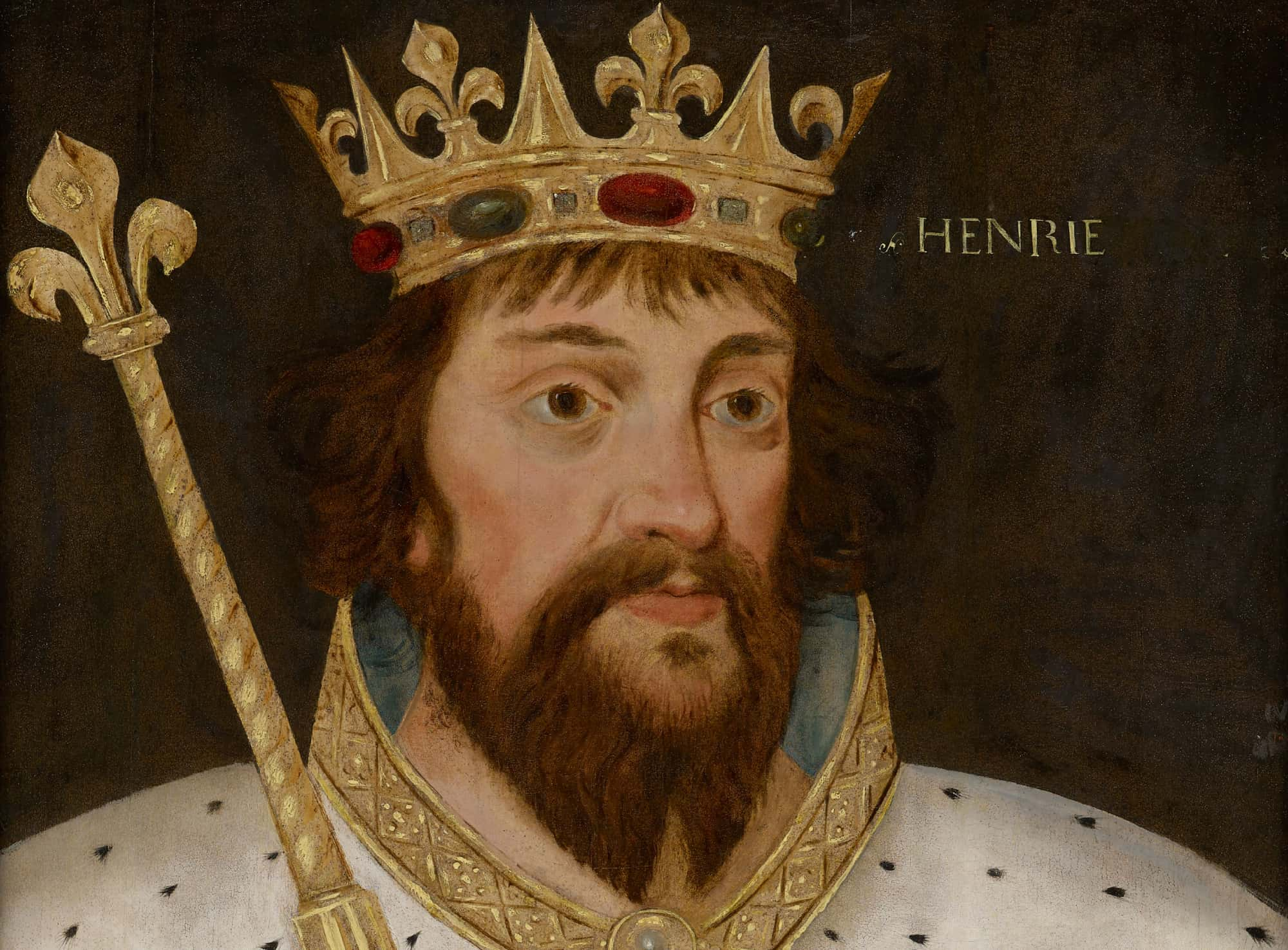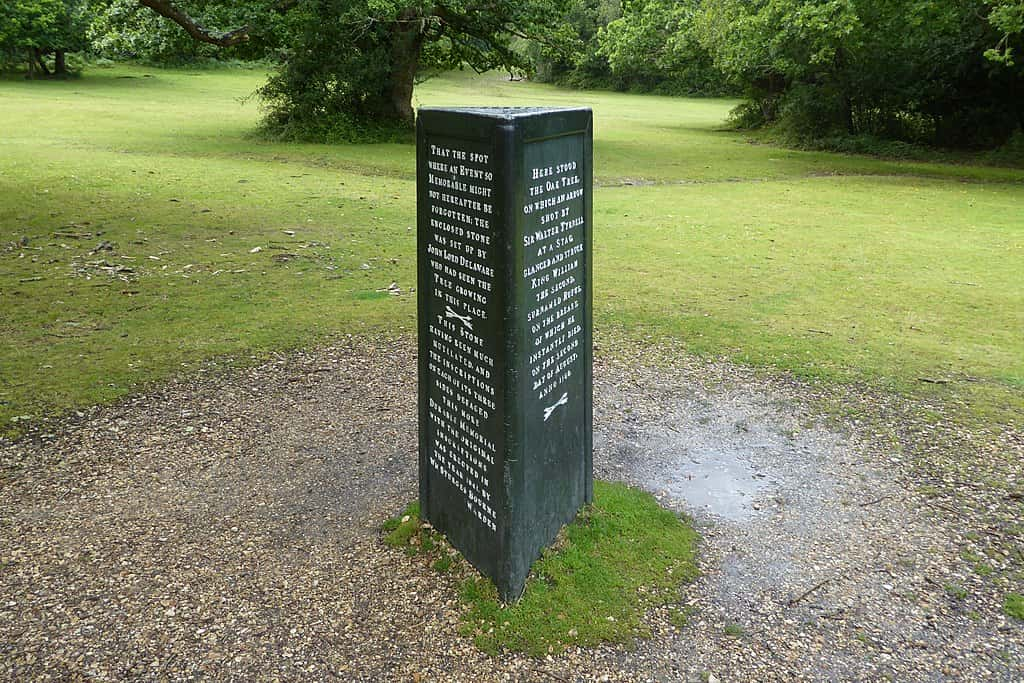Everyone's heard of William the Conqueror, but few people know the chilling, real-life tale of his son William II of England. William II was a ruler of exceptional brutality and heartless cruelty. From a life filled with vengeance and bloodshed to his notoriously mysterious death, William II is one king that more people need to know about.
King William II Facts
1. Welcome to the World
No one really knows when or where William was born, but historians often place his birthday somewhere between 1056 and 1060. He entered the world with some high-profile parents. William was the third-eldest son of William the Conqueror and Matilda of Flanders. As a King, he'd reign for over 12 brutal years.
2. King of the Beer Gut
William is often referred to as “William Rufus” from the Norman version of his name, “Guillaume le Roux.” He received this moniker as a child because of his ruddy complexion and red hair, but over time, his appearance changed in a big way. As an adult, William still had a florid skin tone, but his hair somehow turned blonde and according to a 12th-century historian, his "belly" was "rather projecting."
3. Let Them Eat Cake!
Although he was the King of England, William had nothing but scorn for English culture. As a Norman, William spoke French, as did the upper class. These figures dismissed the Anglo-Saxons they ruled. Shockingly, looking down on their subjects wasn't a great way to endear themselves to the people. William would learn this lesson the hard way.
4. Who Doesn’t Like Me?!
Did we mention how unpopular William was? We’ll go into the reasons why, but historians were not slow in condemning him, even back in the day. The Anglo-Saxon Chronicle claimed that William was "hated by almost all his people and abhorrent to God." We can only imagine the Twitter rants William would have gone on if he’d lived in this day and age.
5. Boys Will be Boys
Very little is known of William’s childhood, but one rare anecdote details a juvenile prank. After they were tired of playing dice games, William and his younger brother Henry grabbed a chamber pot (medieval toilet, in case you’re unaware) and emptied its contents onto their older brother Robert. Their father had to personally break up the fight which erupted between the brothers.
6. From Boys to Men
We should reiterate that we can’t be totally sure that the aforementioned anecdote actually happened. One other version of the story exists where William and Henry didn’t empty a chamber pot on Robert’s head; they cut out the middleman and urinated on him themselves. Ah, the noble lives of royalty.
7. Lucky Me?
As the third son in his family, William shouldn't have expected much of an inheritance. However, by the time of William’s father's death, he had a lot more to give out than anyone ever would have thought, like England for example. William Senior gave William Junior his new territory, but it came with an intense catch: Since William’s father had taken England by force, William would have to fight to keep what his father had conquered.
8. The Good Son
One other reason why William was given the much richer lands of England rather than his older brother is a simple one: William Sr. was playing favorites! William II's older brother Robert Curthose was rebelling against his father at the time of William the Conqueror’s death. That probably soured things a bit when it came time to dole out inheritances.
9. Mother Knows Best
William’s mother, Matilda of Flanders, took a noted interest in her children’s education. She ensured that her sons and daughters learned to read Latin, among other things. William and his brothers were taught by Lanfranc, a high-profile Italian monk who became the Archbishop of Canterbury. Little did young William know, Lanfranc would turn out to be a major player in his quest for power...

History's most fascinating stories and darkest secrets, delivered to your inbox daily.
10. Old Friend
Lanfranc proved to be one of William’s staunchest allies. After the death of King William I in 1087 AD, the English barons rose up and tried to seize power. Lanfranc spent much of 1088 rallying the common people to support William’s cause. His sermons proved essential to William succeeding his father on the throne of England.
11. Hand of the King?
During the campaign to secure William’s throne, Lanfranc made William promise just one thing: If William wanted to keep Lanfranc’s support, he had to be a fair ruler. More often than not, Lanfranc was the voice of moderation in William’s court, advising against the more extreme policies William tried to push. But when Lanfranc died of a fever in 1089, there was nothing to stop William's brutality.
12. Family Drama
With the division of Normandy and England between Robert and William, barons started to get worried. They knew that the brothers were rivals, and anyone caught in the middle would run the risk of offending one or both of them. A man named Odo of Bayeux decided to draw a line in the sand for once and for all.
He planned a rebellion to remove William's crown and give it to Robert. Oh, and there was another complicating factor: Odo of Bayeux was also the boys' uncle. When we said "family drama" we meant it.
13. The Dog Ate My Will To Rule
In 1088, Odo of Bayeux spearheaded the plot to remove William from the English throne and replace him with William’s older brother, Robert. The rebel lords prepared for war by defending their castles and stocking up with provisions. However, the rebellion encountered an itty bitty problem. Robert, um, didn't actually show up.
14. Little Brother Has Moves
As for William, his response to the rebellion was utterly ingenious. First, he promised massive rewards to the nobles who remained loyal to him. He also appealed to the common people by saying that he’d cut taxes. With the commoners in William's pocket, the rebels couldn't sway them to their side. That's when William struck: after a vicious six-week siege, he captured Odo of Bayeux. Victory was William’s.
15. The Aftermath
The Rebellion of 1088 ended with William completely victorious over his uncle and the men who’d conspired to put William’s brother on the throne. However, while treason was normally answered with death, William’s loyal nobles urged him to be merciful, with one claiming “He who is your enemy now, may be your useful friend another time.” Surprisingly, William listened to their advice!
16. Shocker, A Politician Doesn't Keep His Word
William allowed Odo of Bayeux to keep his life, but only if he left for Normandy and never returned to England. William also spared his brother, and even let him keep his estates and titles. However, William never kept his promises to lower taxes for the common people, which deeply damaged his popularity in the long run.
17. The Madness of Mercy
One of the men who participated in the Rebellion against William was a young man named Robert de Mowbray. Just two years before the rebellion, Mowbray became the Earl of Northumbria, yet he still plotted against his king William. Even though Mowbray actively participated in treason, William listened to the calls for mercy and pardoned him. Spoiler: This was a big mistake.
18. A Family of Black Sheep
What was William’s younger brother Henry doing when his older siblings were fighting over England in 1088? Awkwardly, William chose sides. He made a deal to give Robert funding, though apparently, Henry's motives were far from pure. Henry was just using his older brothers’ conflict as a chance to get some more land from Robert. Ice cold, Henry.
19. Thinking Outside the Box
William’s friendship with Archbishop Lanfranc served him well during the rebellion. When he captured his treacherous uncle Odo of Bayeux, William wasn’t sure how to deal with him. After all, Odo was the Bishop of Bayeux and William worried about offending the Church by punishing Odo. When William was stuck between a rock and a hard place, Lanfranc had the answer, and it was utterly vicious.
He told William "You will not seize the bishop of Bayeux but confine the earl of Kent." Odo went by both titles, providing William with the perfect loophole!
20. I’m in Charge!
The former Archbishop of Canterbury played a big role in getting William on the throne, so you might think that when he died, William would be classy and, y'know, not take advantage of his demise of something. Well, you'd be wrong! When the Archbishop passed on, William quickly told everyone who wanted his position to back off. He then took control of the Archbishop's estates. But that was just the beginning of the betrayal.
21. But Church and State Always Get Along So Well
In 1092, William publicly swore that no man would become Archbishop of Canterbury as long as he lived. This included a scholar named Anselm who was widely respected at the time, even by William. Many people thought he'd be the obvious successor to Lanfranc, but after William's outburst, Anselm made sure to stay far away from England. Good call, Anselm.
22. On Second Thought…
William’s stubbornness and greed came to an abrupt halt in the early spring of 1093. The king fell gravely ill, and he feared that he was about to shuffle off his mortal coil. William thought his sickness was divine punishment against his wicked actions against the church. Utterly desperate, he summoned an unexpected person to hear his confession: Anselm, the man he'd basically told to freak off mere years before.
23. Take Backsies
When William recovered from his sickness, he did something that no one could have predicted: He returned to the negotiating table with Anselm. The two eventually made an agreement where Anselm became the Archbishop of Canterbury and William even returned lands that he’d seized from the church.
24. Rebellious Scots to Crush
One of William’s more successful actions as King of England was his relationship with Scotland. At the time, Scotland was ruled by King Malcolm III, who had clashed with William’s father even after supposedly saying the countries were at peace in 1072. Things only got bloodier: When Malcolm brought his raids to the English border, William’s older brother Robert headed over to Scotland with an army. In other words, when William became King, he inherited a very tense situation.
25. When William's Away, Malcolm Will Play
When William became king, Scotland and England were vigorously fighting over some key territories. Dastardly Malcolm III made a play for Northumbria and Cumbria at the perfect time: when William was busy fighting his older brother in Normandy. When William was away, Malcolm led an army to besiege Newcastle and Durham in 1091. The battle was on.
26. Boys, Play Nice
When William heard that Malcolm was invading Northumbria, he immediately returned to England and chased Malcolm back to bonny Scotland. Despite both William and Malcolm's brutal track records, the men managed to secure peace without any serious fighting. But this peace would be incredibly short-lived...
27. A New Player Enters the Arena
Sensing the vulnerability of his claim over northern England, William appointed several powerful barons to maintain the frontier with Scotland. This proved crucial in 1093 when Malcolm III invaded yet again and besieged Alnwick. This time, it wasn’t William who confronted Malcolm. In a jaw-dropping twist, the traitor Robert de Mowbray stepped up to the plate.
28. Conquered
After being pardoned for his part in the Rebellion of 1088, Mowbray was determined to redeem himself. In the brutal Battle of Alnwick, he found that opportunity. Mowbray's forces slew Malcolm and his heir, leading the Scots to panic and retreat. After the death of their ruler, Scotland fell into a crisis, sparing England from further invasions. England: 1. Scotland: 0.
29. An Impressive Equity
In 1096, William’s brother Robert joined the First Crusade, where Christians set out to conquer the Middle East. Before he could leave, however, Robert went to William and asked for funds. William agreed to finance his brother on one condition: He got to take charge of Robert’s lands in Normandy while Robert was away. William didn't know it at the time, but he'd just made the worst deal of his life.
30. Foresight, Anyone?
William paid Robert for his lands by dipping into his considerable kingly savings and making a hefty withdrawal. Haha, as if William would ever pay for something when he could just tax his subjects. William did just that, levying a brutal tax on the English. Unsurprisingly, his popularity plummeted.
31. A Golden Opportunity
With Scotland tearing itself apart in the wake of Malcolm III’s death in 1093, William became personally invested in resolving the conflict. When Malcolm’s brother, Donald, seized the throne from Malcolm’s surviving sons, William supported the sons in their war against Donald.
32. U Mad, Bro?
Despite making nice with Anselm in 1093, William’s relationship with his new Archbishop of Canterbury soured immediately. The two men clashed so fiercely over the church’s relationship with the monarchy that William once declared, "Yesterday I hated [Anselm] with great hatred, today I hate him with yet greater hatred and he can be certain that tomorrow and thereafter I shall hate him continually with ever fiercer and more bitter hatred."
33. The Enemy of My Friend is My Friend?
William finally managed to get the upper hand against Anselm in 1097. Anselm left England to petition the Pope for his judgment on the situation. Unfortunately for Anselm, he’d picked the worst time to drag Pope Urban II into the English situation.
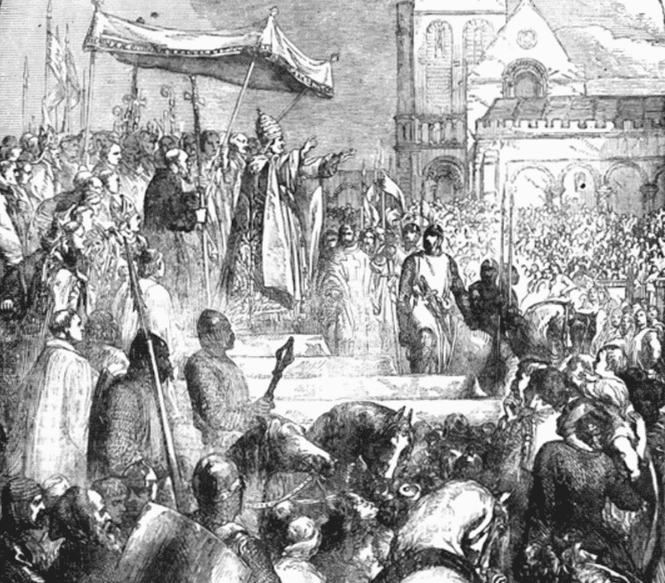 Wikimedia Commons, John Cassell
Wikimedia Commons, John Cassell
34. Denied
At the time, Pope Urban was preoccupied with his own issues, so rather than make William into an enemy, Urban actually turned his back on the Archbishop and took William’s side. Emboldened, William once again seized control of Anselm’s revenues and kept them for himself. Unfortunately for Anselm, this arrangement lasted until William’s death.
35. Tread Carefully
William wasn't the most popular king, so it's not surprising that his court got a lot of flack. But one criticism in particular stands out: Many people noticed that his court was exceptionally effeminate. According to some historians, this diss isn't just about extravagant outfits and decadence. The insult was a sly jibe at one of William's deepest secrets.
36. Who? Me?
William never married, never seemed to take any mistresses, and never produced any offspring during his life. For a regular person, that's already suspicious, but for a king who's expected to produce an heir, it's jaw-dropping. Some historians think that William could have been impotent or maybe took a vow of celibacy, but many suspect that he was actually gay. One historian described him as being exceptionally "lusty" and being real thirsty for the hot men in his court.
37. Guess Who's Back, Back Again
In 1095, William faced yet another conspiracy from a noble who had already made his way into William's bad books: Robert de Mowbray. Mowbray and his conspirators allegedly plotted to get William off the throne and crown Stephen of Aumale in his place. Robert put things into motion by seizing four Norwegian vessels, and then ignoring William’s demand that he get his butt to court and explain himself. Admittedly, it probably made more sense if you knew what the whole plan was.
38. Not This Guy Again
Whatever Robert de Mowbray had planned, the conspiracy never got past seizing those Norwegian ships. His allies deserted him at the eleventh hour, leaving just Mowbray and William of Eu to face the king’s wrath. And oh, how they did. William led an army to Mowbray’s home of Bamburgh Castle, built a siege castle right on his doorstep, and gave it the fitting nickname “evil neighbor."
39. Threat Time
During William’s siege of Bamburgh Castle, Robert de Mowbray made a desperate gamble. He and a small group of knights escaped the castle, only to be pursued and cornered in Tynemouth. Mowbray and his men lasted six days before Mowbray felt an arrow pierce his leg. William's men captured the wounded Mowbray and brought him to Bamburgh Castle, where Mowbray’s wife maintained the siege. Then William laid down the gauntlet.
40. That's Way Harsh, William
William threatened Mowbray’s wife with a brutal option. If she didn't surrender, she would have to watch William torture and blind her beloved husband. With this vicious option before her, Mowbray's wife backed down. William had won the siege.
41. William the Merciful
Flush from his victory over the conspiracy of 1095 AD, William abandoned all mercy and ruled through fear. He punished the rebels brutally. Ironically, though, he was still somewhat merciful to Robert de Mowbray even after his second round of treason. Spared from execution or even mutilation, William just had Mowbray imprisoned for life, or at least until he agreed to become a monk and live a simple, holy life.
42. Nevermind, We Meant William the Merciless
Maybe all of William's mercy was used up on Mowbray, because when the time came to punish Mowbray's co-conspirator William of Eu, the King had an absolutely horrific idea in store. William ordered Eu to be both blinded and castrated. Mowbray's prison sentence/monk life sounds pretty darn good right about now.
43. An Eye for an Eye...
On August 2, 1100, William went to the New Forest on a hunting trip with a group of nobles. Little did he know, William was riding into his darkest day. Records claim that not only was William shot, he was taken down by one of his own men. Whoever did the deed clearly feared for their own life; William's corpse was abandoned where it lay. It was only transported to Winchester Cathedral when a lowly peasant discovered the body. So much for a noble end for the King.
44. Oops!
Allegedly, the arrow that killed William went through his lung after being shot by a man named Walter Tirel. He was aiming at a stag but missed and killed the king. When Tirel realized what he'd done, he did the brave thing and turned himself into the—just kidding, he obviously fled. Tirel rode to France for fear of his life. But that's just one version of the King's last day...
45. Jk...Unless?
Other historians debate whether the "accident" was actually an intentional murder. Tirel is described in the histories as being a skilled archer, and some writers argue that it just doesn't seem like him to miss so wildly. Was Tirel secretly aiming to kill William? Sadly, we’ll never know the truth of this matter.
46. The King is Dead! Woo-Hoo!
Since many chroniclers writing the histories were men of the church, they were less than upset about William’s death. In fact, some hailed it as an “Act of God” to punish a man who’d offended the church so many times and broken his word about taxes and justice. Whether it was an accident or a murder, nobody really missed William.
47. Something Smells Fishy Here…
What really happened on the day that William met such an abrupt and violent end in the New Forest? Suspicions quickly turned to Henry, who was present at William’s death and stood to gain the crown if his brother passed on. Could he have arranged for his older brother to be killed in a subtle way? Henry's chilling actions immediately after William's death might suggest just that...
48. Behind the Scenes
Shortly after William died, his brother Henry “rode straight for Winchester, seized the treasury, and the next day had himself elected." Despite Henry's suspicious reaction, though, most historians think that William's death was a genuine accident. Hunting was always risky and resulted in many unintentional deaths. But hey, anything's possible, especially when it comes to jealous brothers and battles over the throne.
49. Epic Foreshadowing
One especially strange and haunting aspect of William’s death in the New Forest is that William wasn’t the first in his family to die in that forest. His older brother, Richard, suffered virtually the same fate as William several decades prior. Maybe it's time to find a new place to hunt, you guys?
50. Stone Marks the Spot
In the 18th century, a stone marker was set to indicate where William had died in the New Forest. Known as the “Rufus Stone,” this marker has seen its share of famous visitors, including King George III and Queen Charlotte in 1789. It presently stands near the village of Minstead if you’re interested in finding it for yourself.

